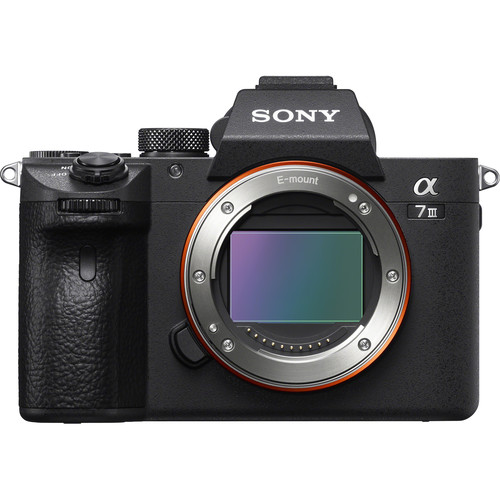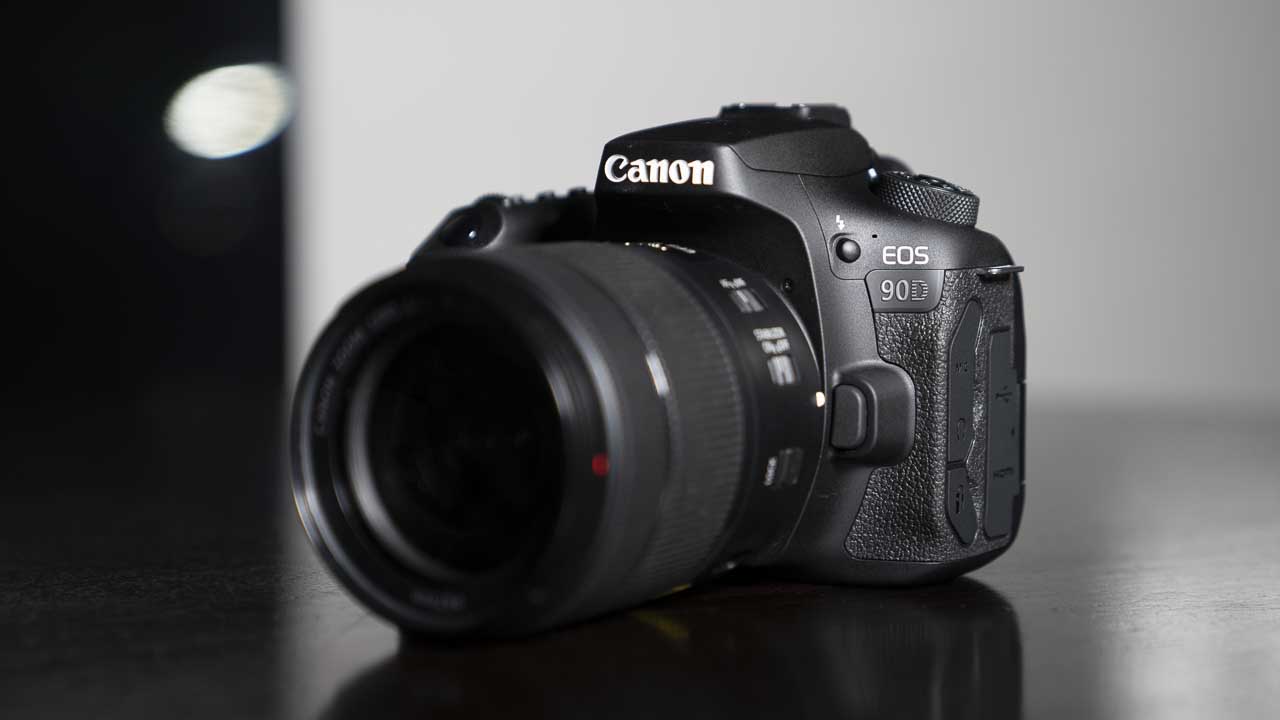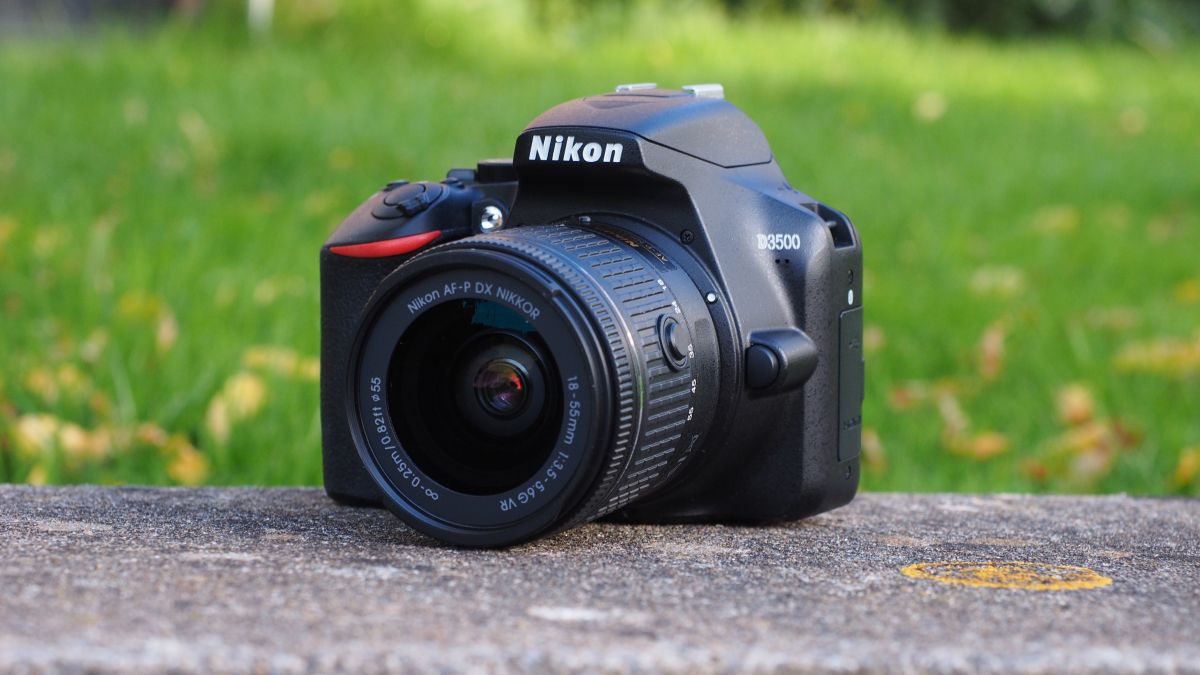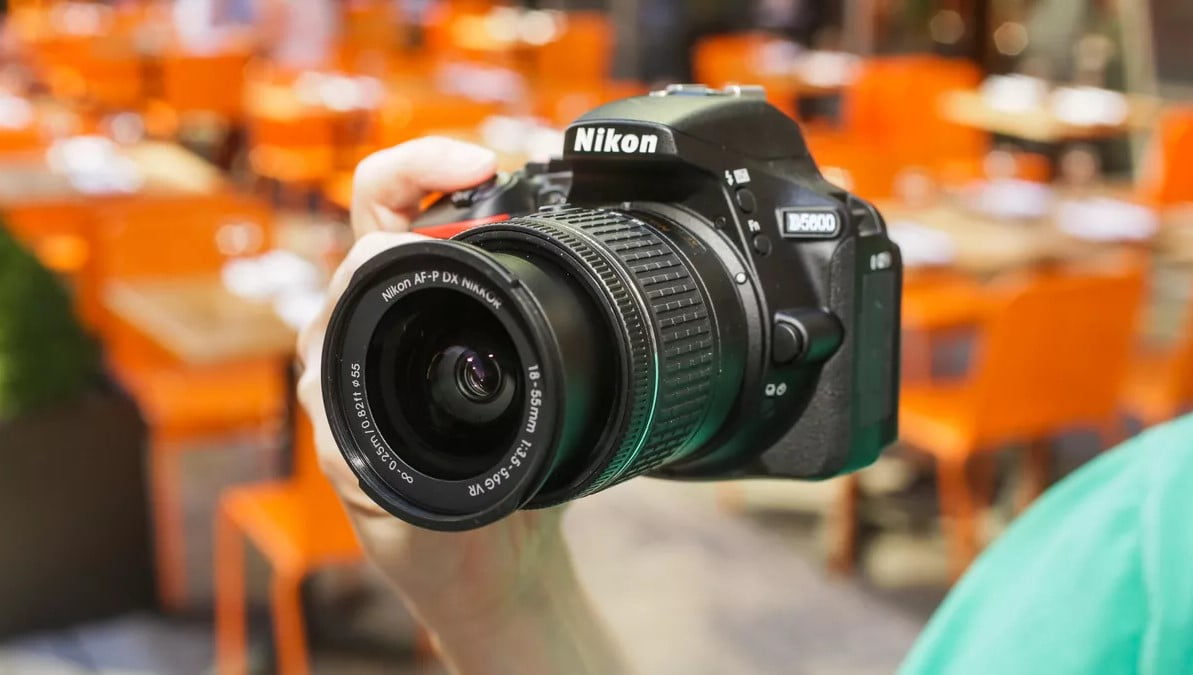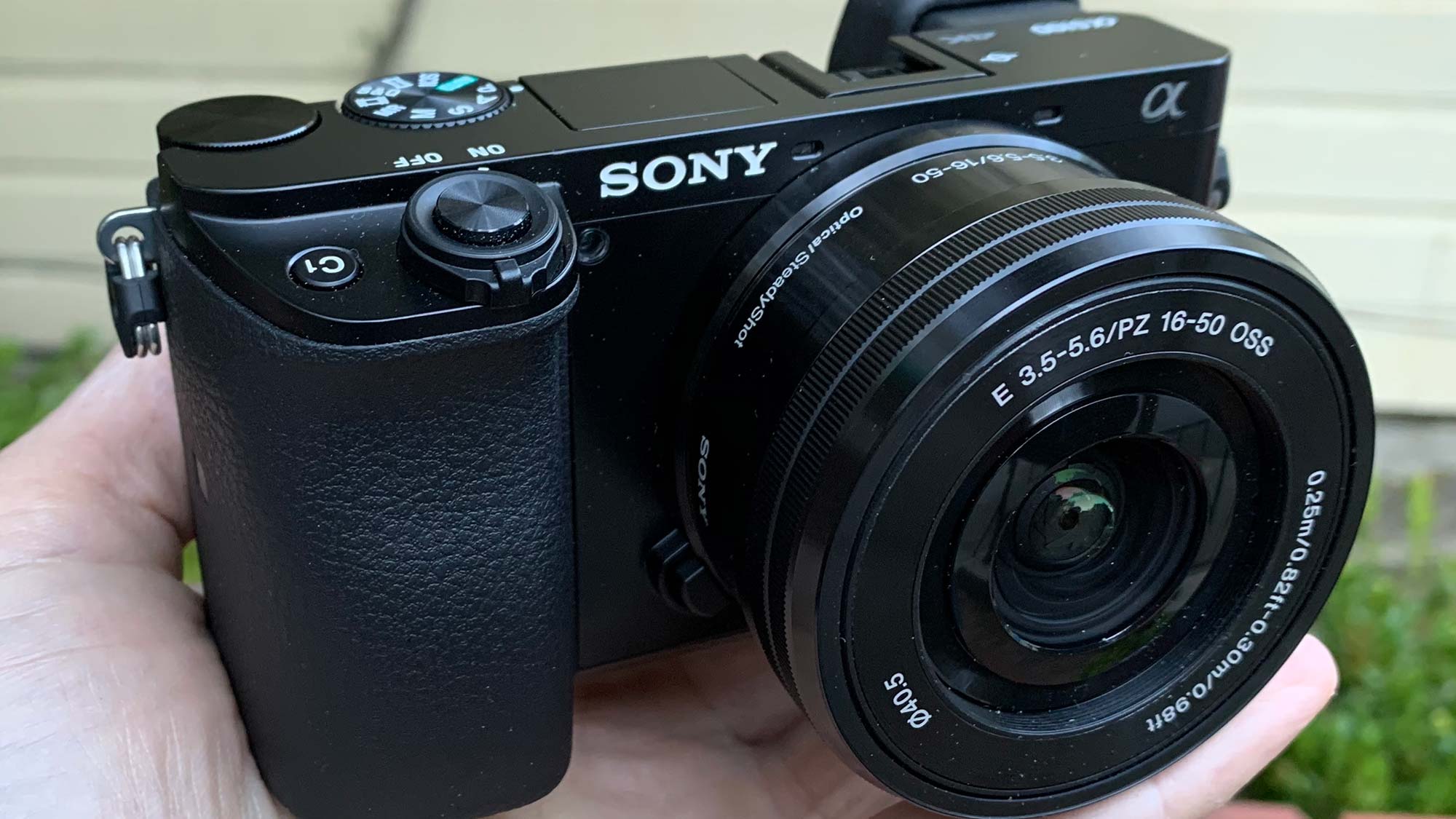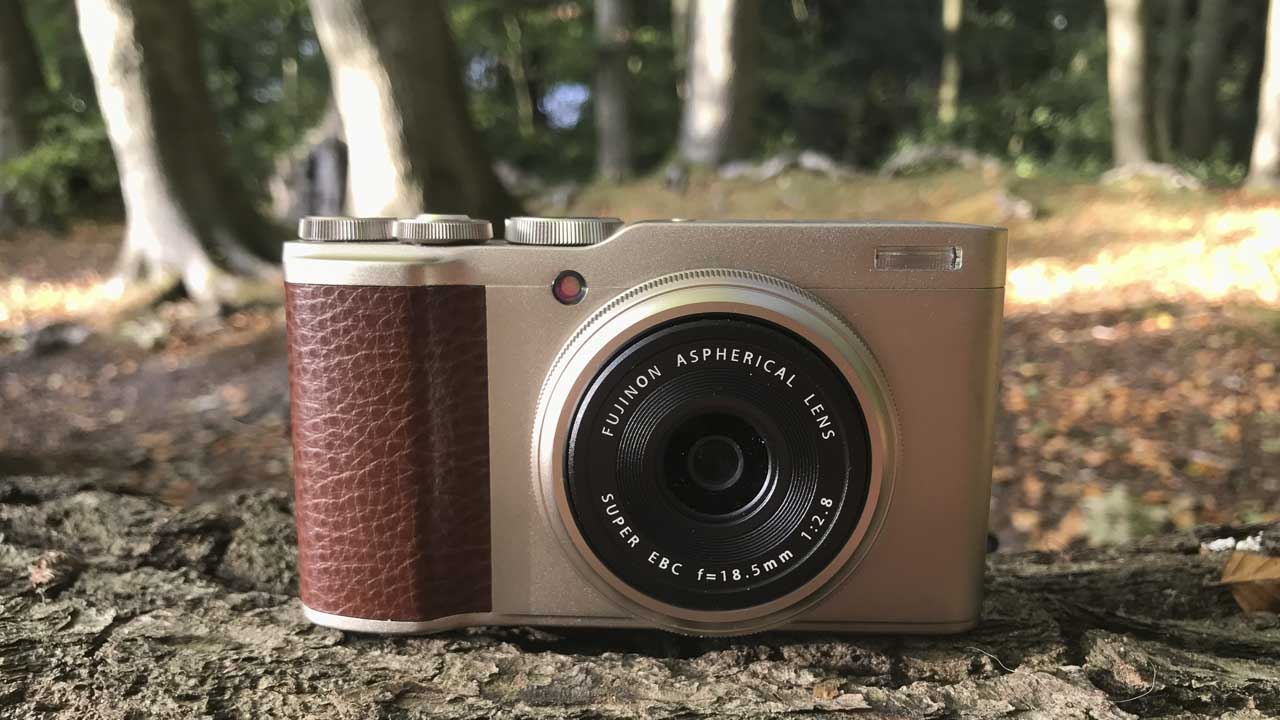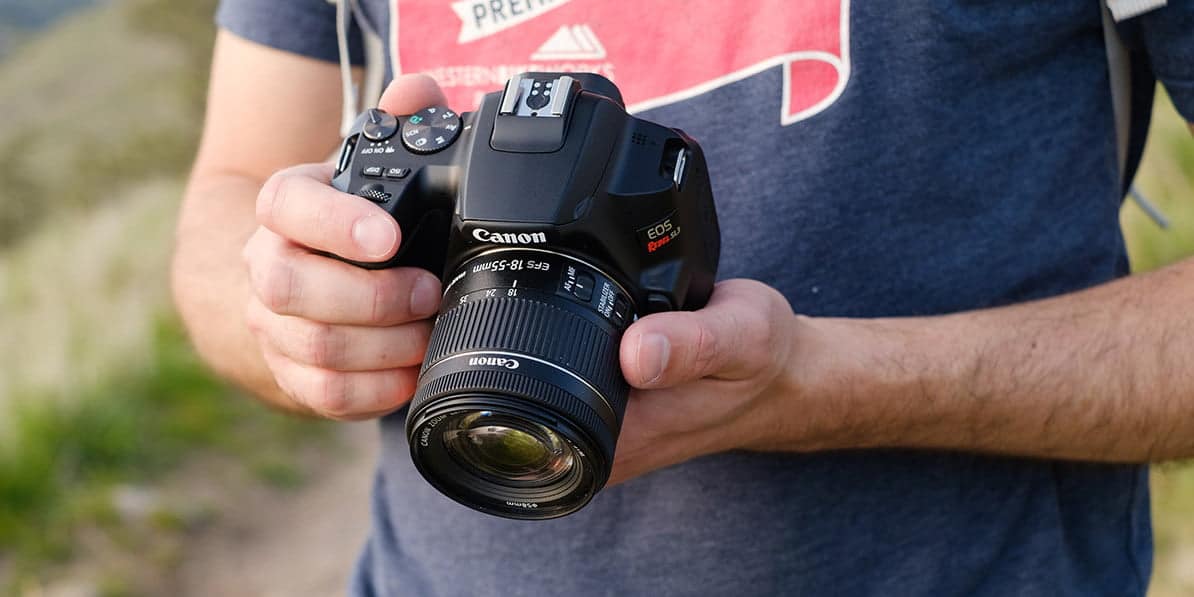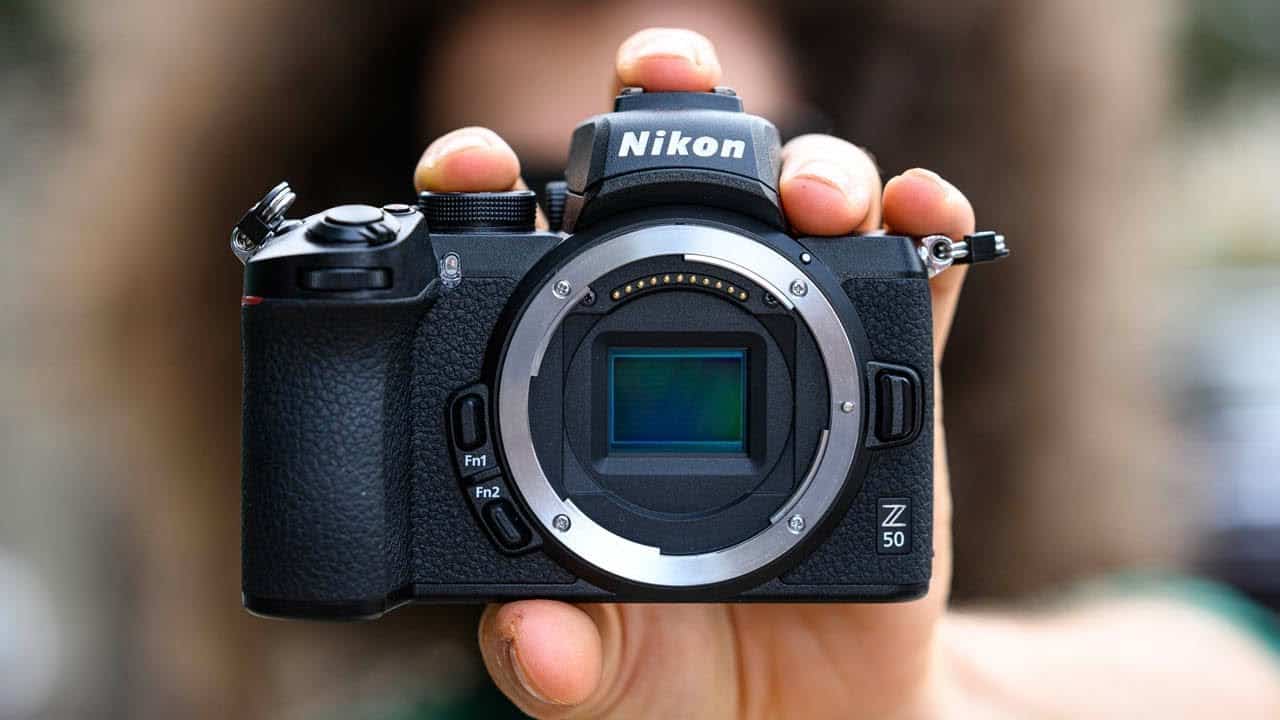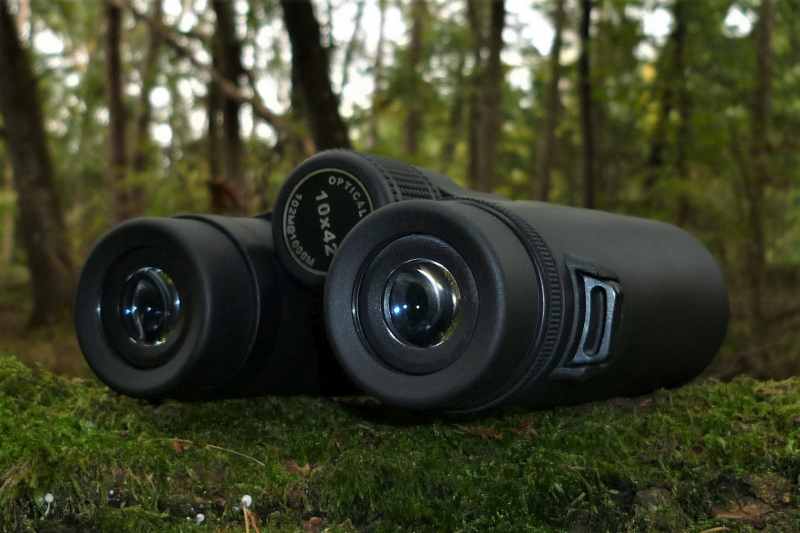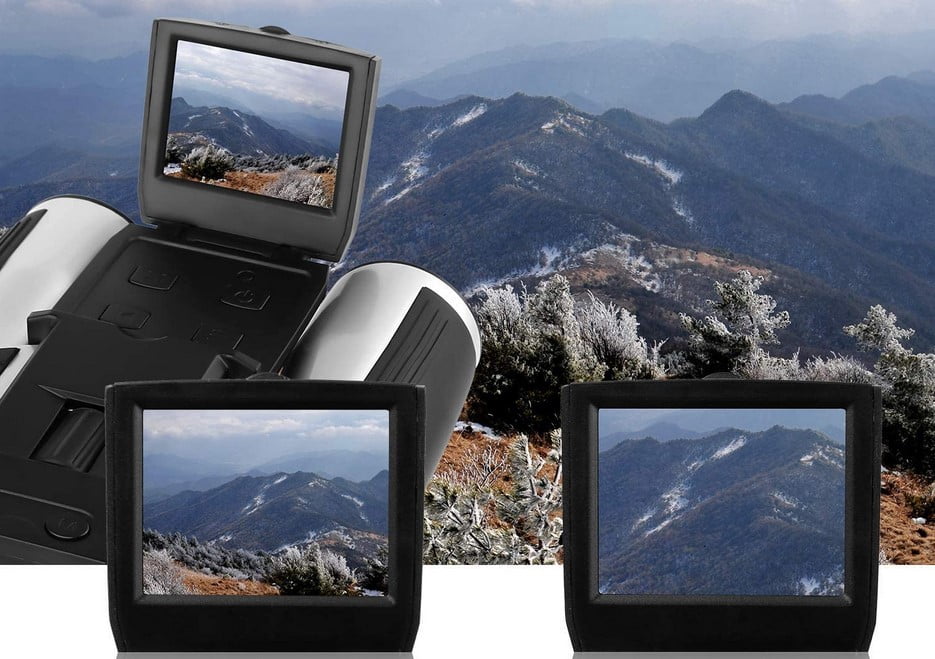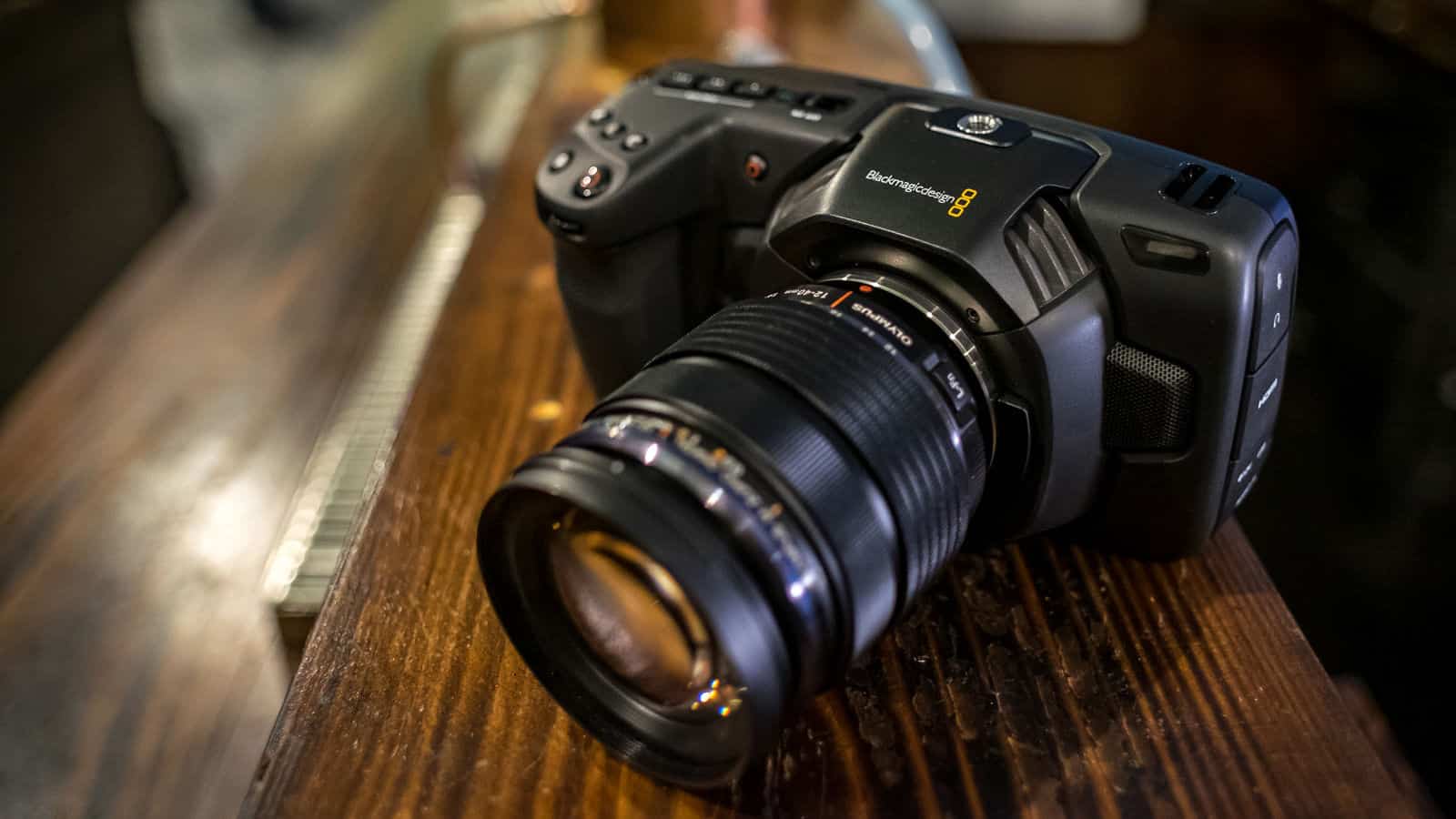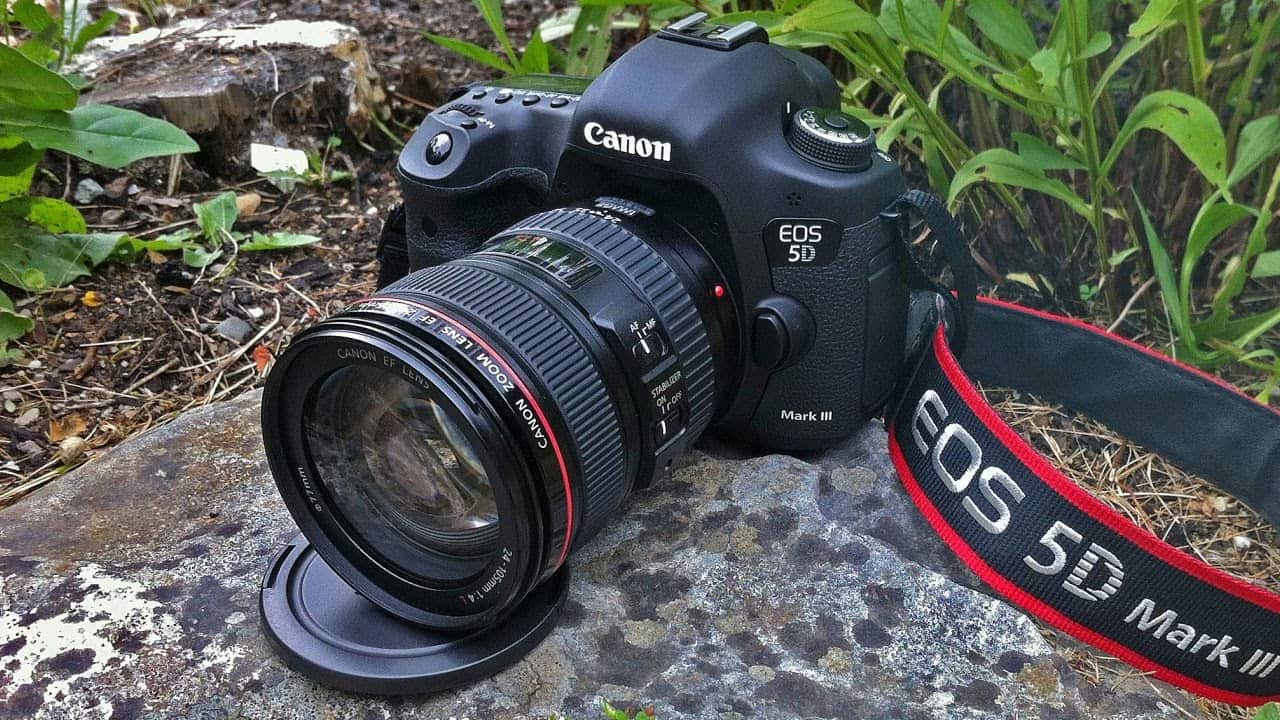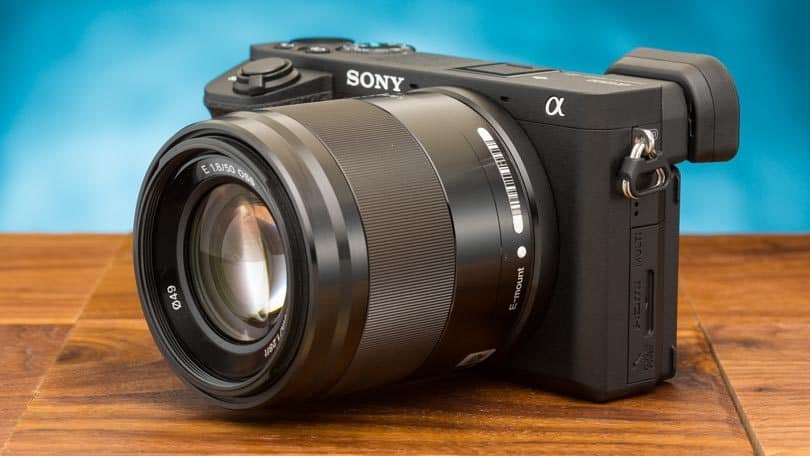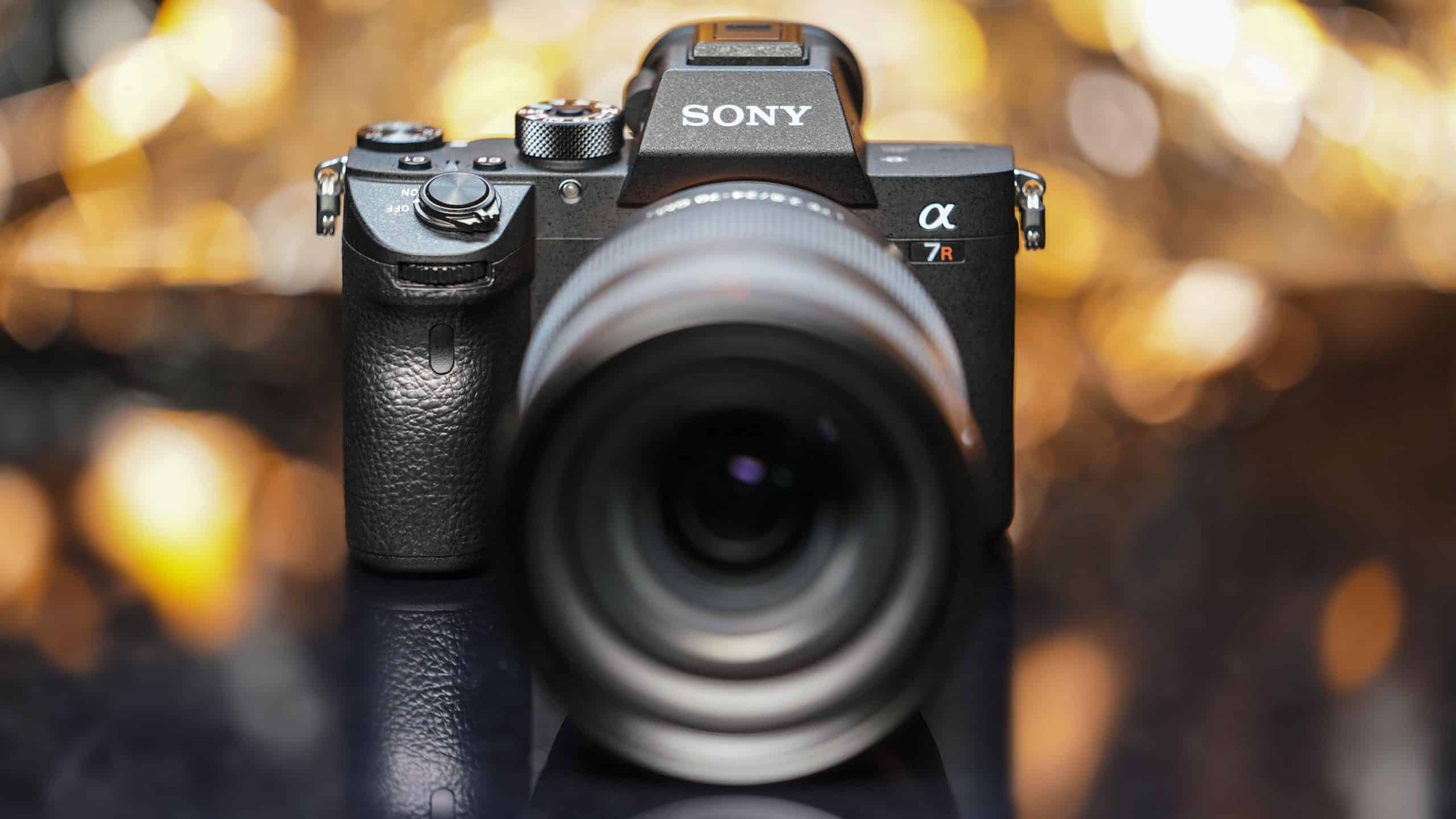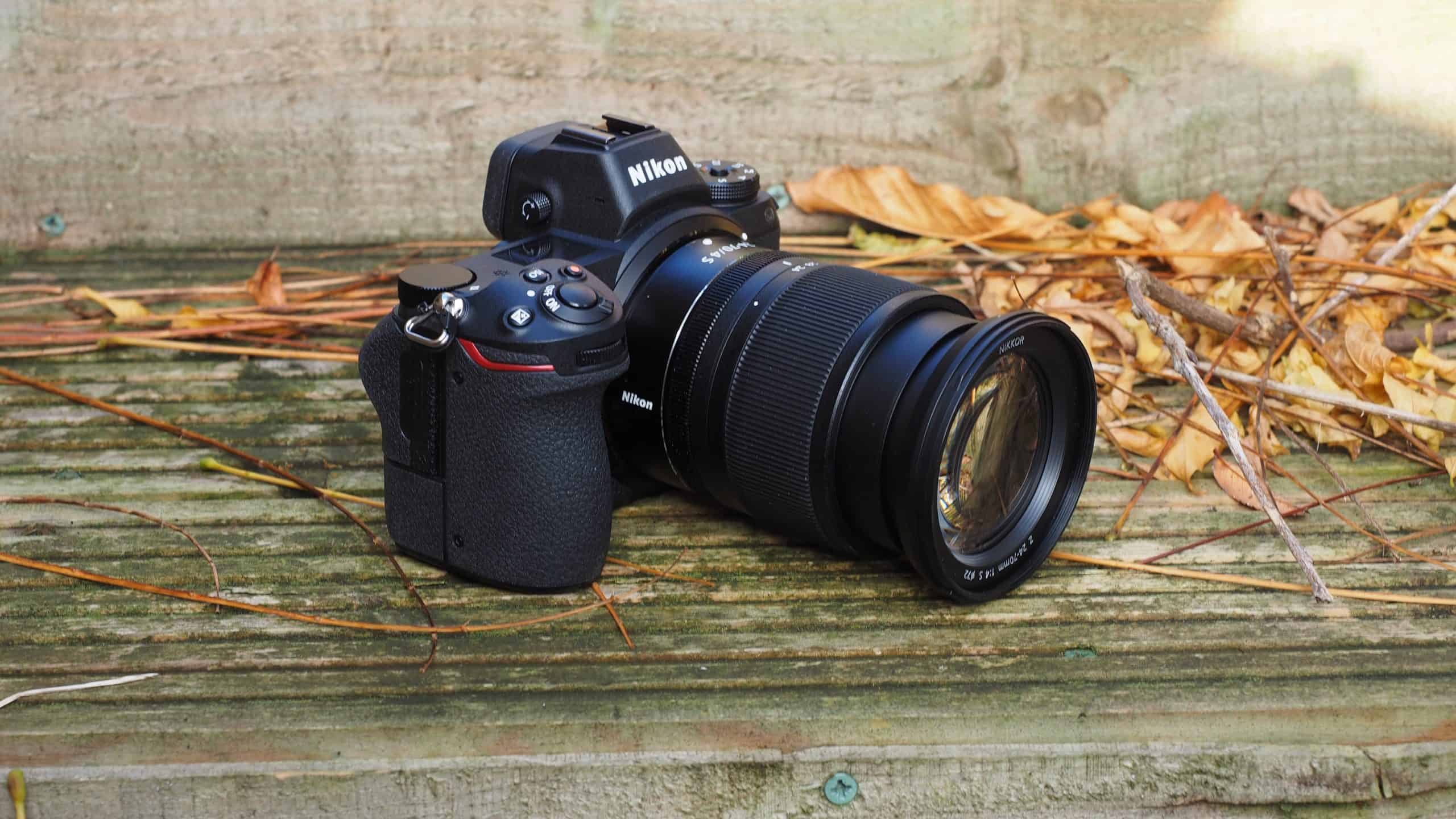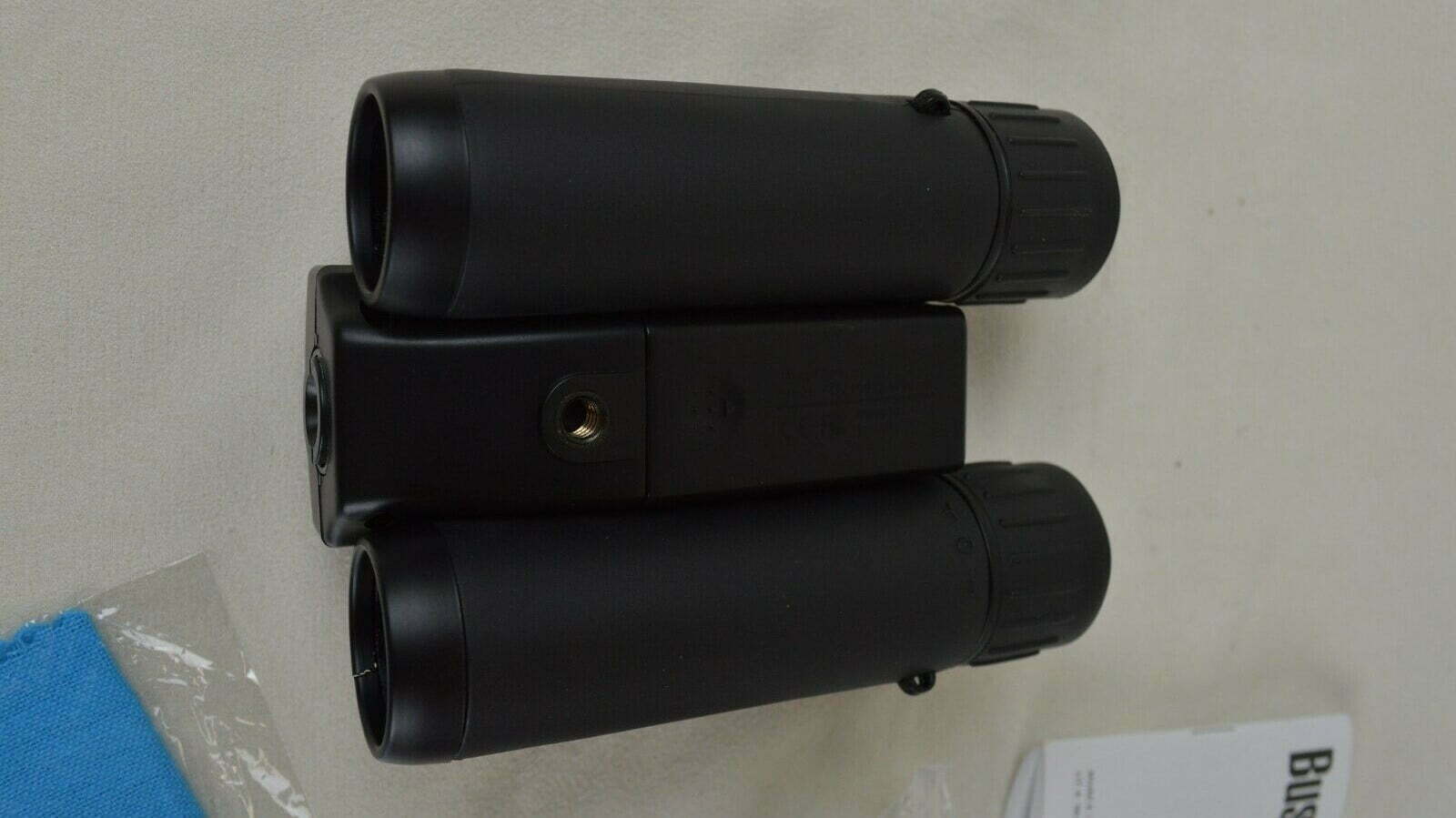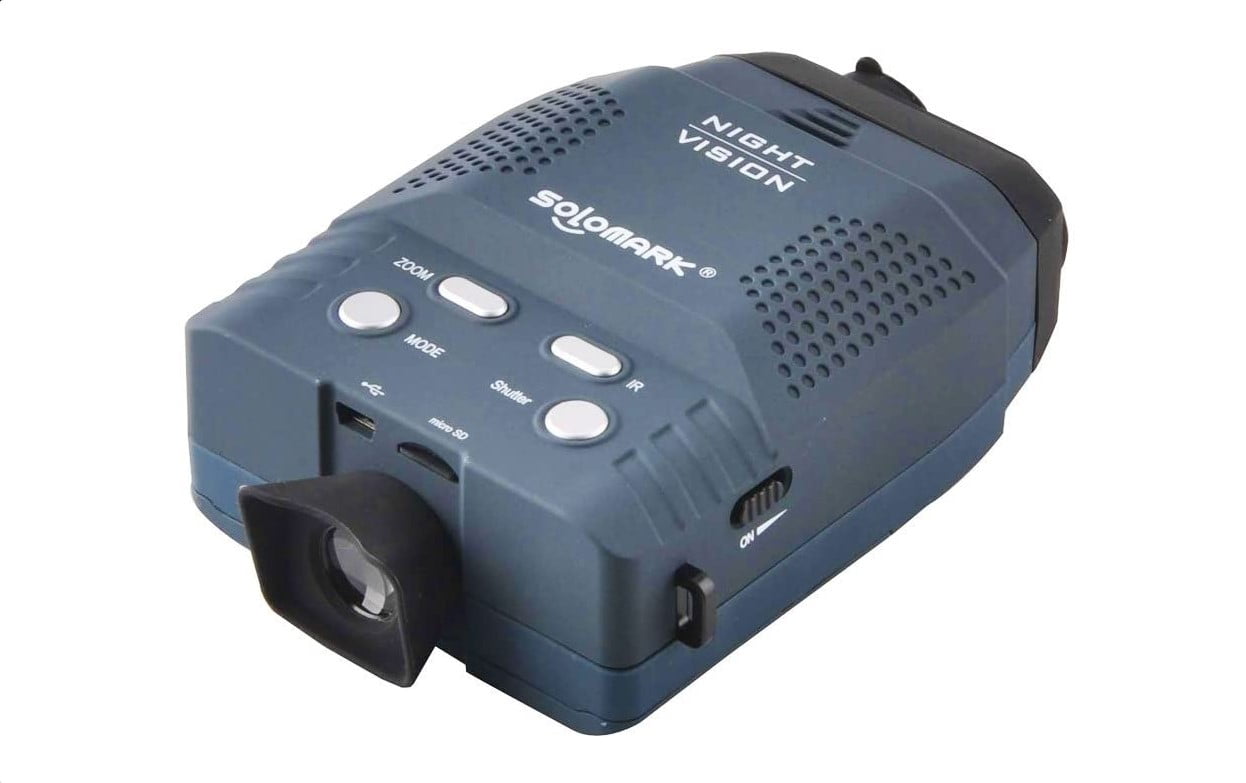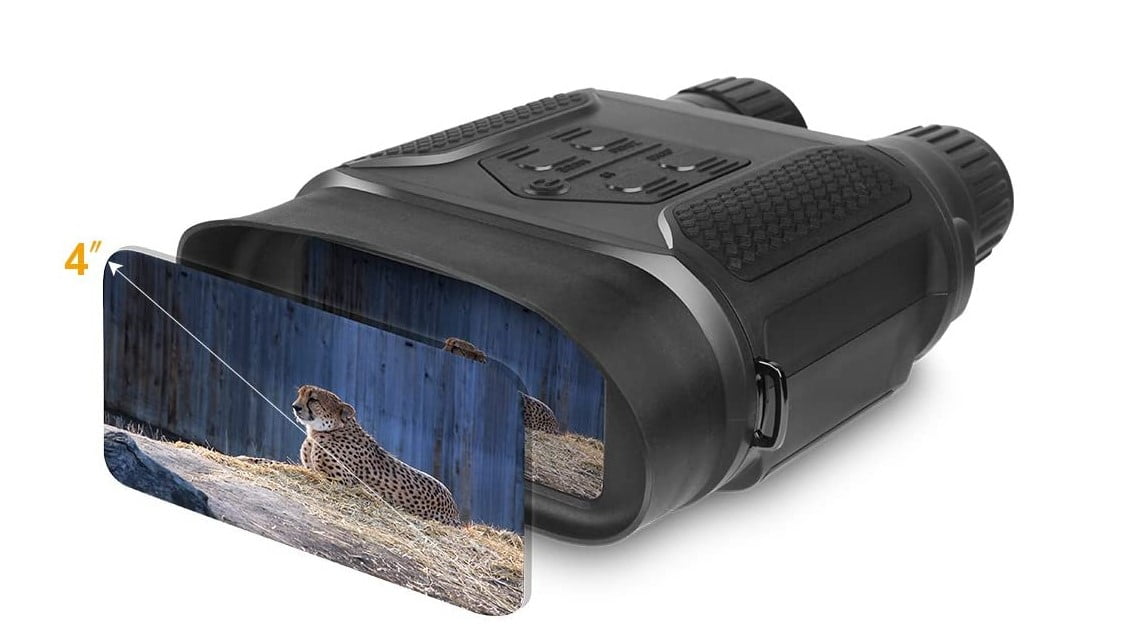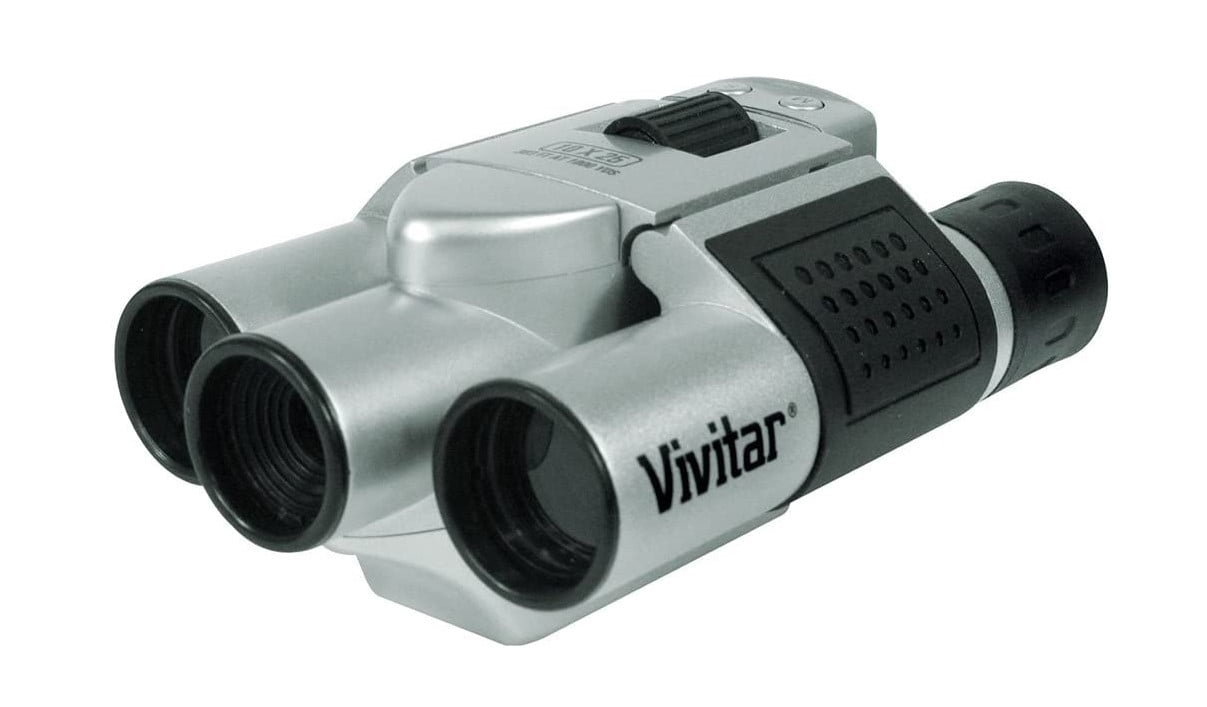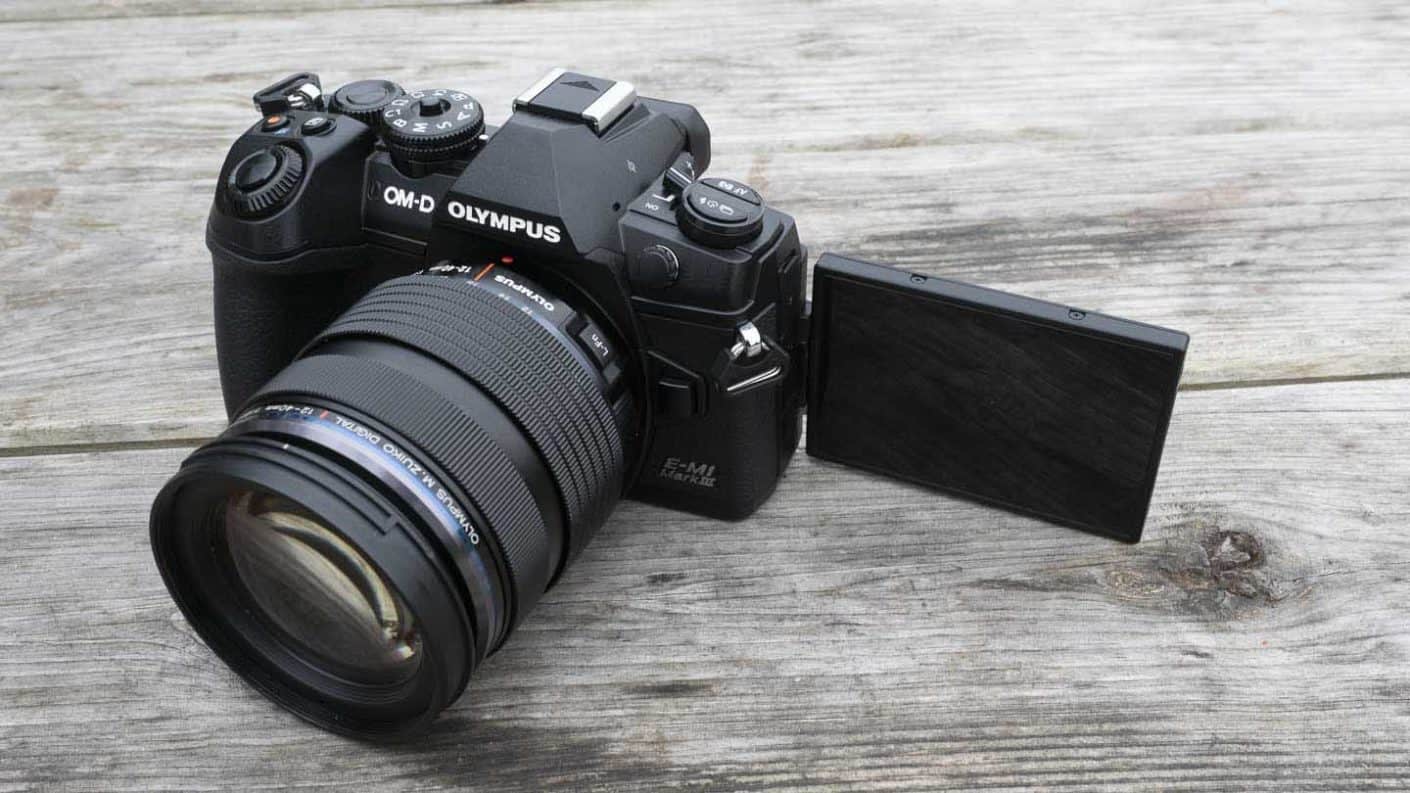When you’re shopping for the best Sony digital camera, quality is your priority. Sony is considered the top camera brand in the world, often facing steep competition from Nikon and Canon. Still, the brand is a powerhouse for DSLR and mirrorless cameras — two segments geared towards consumers, prosumers, and professional and beginner photographers.
The brand’s cameras are packed full of intuitive features and have long life spans and durability. While each consumer’s photography needs and priorities may vary, Sony is best known for its Alpha mirrorless cameras. Along with interchangeable lens support and robust functionality, there’s something for everyone within Sony’s digital camera portfolio.
Keep reading our Sony digital cameras buying guide to learn more. And if you’re just beginning your camera search, check out our best digital cameras guide to get you started.
Top Sony Digital Cameras
#1 Sony a7 III ILCEM3K/B 24.2MP Digital Camera
Award: TOP PICK
WHY WE LIKE IT: This professional-grade camera features a 693-point phase-detection autofocus system, which is especially good for tracking erratic objects. It has an incredible ISO range of 50 to 204,800, offering excellent low-light performance.
- Outstanding 693 phase-detection point autofocus system
- Exceptional 50 to 204,800 ISO range
- Produces 14-bit uncompressed RAW files
- Lacks built-in flash
The Sony a7 III ILCEM3K/B 24.2MP digital camera has advanced features that will appeal to professionals and amateur photographers. It has a 24.2MP back-illuminated full-image sensor that showcases fine details. The camera produces a 15-stop dynamic range, and 14-bit uncompressed RAW files, making it a good choice for professional photography. With an incredible ISO range of 50 to 204,800, this camera provides outstanding low-light performance. However, this model lacks a built-in flash.
A 693 pages-detection autofocus system with 425 AF points accurately tracks fast and erratically moving objects. This camera comes with a SEL2870 28-70mm lens with a lens hood and cap. It comes with a rechargeable battery that provides excellent runtime. This model features a 3-inch LCD and viewfinder to aid users in framing. It has a maximum continuous shooting rate of 10 fps, making it a good choice for shooting in rapidly changing situations.
#2 Sony DSCW800 20.1MP Digital Camera
Award: HONORABLE MENTION
WHY WE LIKE IT: This camera has a decent CCD sensor that captures images with great colors. It has up to 5x optical zoom and has an auto feature that optimizes the white balance.
- Stunning gray finish
- Great photo quality
- Auto white balance
- Low-resolution LCD
- So-so video quality
- Mediocre zoom
The Sony DSCW800 20.1MP Digital Camera is a small mirrorless model suitable for frequent travelers. It uses a Super HAD CCD sensor to capture beautiful photos. This camera has a built-in lens with up to 5x optical zoom. The lens is equipped with Sony’s SteadyShot Image Stabilization system to reduce image blur. A Sweep Panorama mode captures sweeping views ideal for landscape photography. However, the LCD of this camera has a low resolution that makes images appear blurry.
Recording videos at resolutions of up to 720p, this camera allows users to document special family moments. With an Easy Mode, the device enables navigating the menu fast. This model has a stunning silver-gray finish that stands out and supports easy cleaning. It also has an auto-white balance function to adjust the colors depending on the ambient lighting. This camera has a rechargeable battery and charges via a USB interface. If you’re unsure of your digital camera battery’s life, we have an info guide that can help you.
#3 Sony RX100 VII DSCRX100M7 20.1MP Digital Camera
Award: BEST PORTABLE CAMERA
WHY WE LIKE IT: This camera is small in size and fits easily in backpack pockets and purses for use on trips. It has a high-quality 24-200mm Zeiss Vario Sonnar T* 24-200mm lens for capturing in a variety of situations.
- Outstanding portable design
- Advanced 315 phase-detection point autofocus system
- Incredible 24-200mm high-magnification lens
- Complex menu setup
Featuring a compact design, the Sony RX100 VII DSCRX100M7 20.1MP digital camera easily fits in a purse for easy transportation. This camera uses a 1.0-type stacked CMOS sensor to produce vibrant imagery. The camera has a BIONX X image processor, offering excellent performance. With an advanced 315-point phase-detection autofocus system, this camera focuses on moving objects fast. It has a Zeiss Vario Sonnar T* 24-200mm lens that offers shooting flexibility. However, this camera’s menu is not very user-friendly.
Like the Sony Alpha A6300, this camera records videos at resolutions of up to 4K. It has a microphone jack, allowing users to attach professional-grade mics. An active mode image stabilization system counters the effects of unsteady hands. The camera comes with a rechargeable lithium-ion battery for convenience. An interval shooting function with intervals ranging from 1 to 60 seconds enables making great time-lapse media. This camera has a 921K-dot touch 3.0-inch LC that simplifies framing.
#4 Sony Cyber-shot H300 DSCH300/B 20.1MP Digital Camera
Award: BEST OPTICAL ZOOM
WHY WE LIKE IT: This camera has a high-quality lens with up to 35x optical zoom. The camera has a durable build with an SLR-style design and a non-slip surface for safety.
- Exceptional 35x optical zoom
- Beautiful photos
- Image stabilization system
- AA batteries
- Cumbersome
This Sony DSCH300/B 20.1MP digital camera has an SLR-like form factor that will appeal to photography enthusiasts. It features a 20.1-megapixel Super HAD CCD sensor, producing superb high-resolution photos. Equipped with a high-quality lens, this camera offers up to 35x optical zoom, capturing far-flung subjects in detail. It uses SteadyShot Image Stabilization tech to reduce the likelihood of image blur. However, this model uses high-maintenance AA batteries.
Featuring a non-slip grip, this camera is suitable for outdoor use. The camera records 720p videos at 30 fps in MP4, enabling hassle-free post-processing. It has a Capture 360° function for capturing panoramic pictures. An Easy Mode on this device is intuitive, allowing users to access important functions fast. This camera has smile detection technology that makes it easy to capture smiling faces. It also features a 3.0-inch 921K dot LCD, which offers excellent previews.
#5 Sony Alpha a6500 24.2MP Digital Camera
Award: BEST FOR VIDEOS
WHY WE LIKE IT: This compact camera has a handy autofocus system with a whopping 425 phase-detection points, providing fast tracking. Thanks to 4K UHD video recording abilities, this camera will appeal to vloggers and documentary videographers.
- Excellent autofocus system
- Compact design
- 4K videos
- Doesn’t comes with a lens
- Display is dim when recording 4K videos
- Lacks headset jack
The Sony Alpha a6500 24.2MP digital camera packs plenty of advanced features in a small body. It features an APS-C Exmor sensor and BIONZ X image processor with advanced processing. This camera produces detailed billboard-grade 14-bit RAW images. With a modern 425 phase-detection AF system, this device offers a fast 0.05-second acquisition. It’s compatible with a wide variety of lenses ranging from 10-18mm to 18-135mm variants. However, this model doesn’t come with a lens.
A built-in five-axis in-body image stabilization system steadies the attached lens, reducing the likelihood of distorted images. It supports a maximum continuous shooting rate of 11 fps. The camera has a detailed video sensor, recording 4K UHD movies with no pixel binning. It also records Full HD videos at 120 fps. We like the non-slip grip, which helps protect this device against falling. With an ISO range of 100-512005, this camera offers incredible gain control. If you don’t know what ISO is, check out this article discussing what an ISO is in a digital camera.
#6 Sony Cyber-shot RX10 IV DSC-RX10M4 20.1MP Digital Camera
Award: BEST FOR PROFESSIONAL PHOTOGRAPHERS
WHY WE LIKE IT: This camera comes with a T 24-600mm lens, offering incredible zooming functionality. It has a 315 phase detection point autofocus system with an acquisition speed of just .03 seconds.
- Relatively compact design
- Incredible 25x optical zoom
- Very fast AF system
- Lacks time-lapse features
- Complex menu interface
The Sony Cyber-Shot RX10 IV DSC-RX10M4 20.1MP digital camera has a super-fast AF focus system with an acquisition speed of 0.03 seconds. The camera features 315 phase-detection AF points, allowing fast-tracking of moving objects. It has optical image stabilization tech that offers good image quality. An included ZEISS Vario Sonnar T 24-600mm3 F2.4-F4 ultra-zoom lens provides up to 25x optical zoom. It records QFHD movies at 3840 x 2160 pixels. However, this camera lacks time-lapse features.
This camera features a 1” back-illuminated Exmor RS stacked sensor, delivering high-quality photos. It has a continuous shooting function, managing rates of up to 24 fps and shooting up to 249 frames with AF/AE tracking. This camera has a DSLR body with a non-slip surface for safety. It weighs just 2 lbs, so it can be operated with one hand. With a super-speed anti-distortion shutter with a maximum speed of 1/3200 seconds, this camera excels at capturing photos in bright light.
Introduction to Sony Digital Cameras
Digital cameras are just one product offering from Sony Group, a Japanese-based multinational conglomerate corporation that started in 1946 in Tokyo. Formerly known as Tokyo Tsushin Kogyo K.K. (Tokyo Telecommunications Engineering Corporation), the brand has become synonymous with cutting-edge entertainment technology (i.e., Walkman and Playstation), entertainment offerings (Sony Records along with movies and television content), and general consumer products across appliances, computers, and, of course, cameras.
Sony didn’t include cameras as part of their product portfolio until the 1980s. Compare this against the brand’s top competitors, Nikon and Canon, both of whom launched optically or camera solutions within a few years of opening their doors in 1917 and 1933, respectively. Find more fine Canon digital cameras and leading Nikon digital cameras with our round-ups.
Unlike other camera brands, Sony never produced a film camera, instead opting for the analog-yet-electric Mavica. They later unveiled their Cyber-Shot compact or point-and-shoot cameras in 1996 — a collection that still exists today. While the brand continues to offer compact body and DSLR cameras, their mirrorless camera offerings are arguably the most popular option within their camera profile.
Alternatively, if you need the best small digital camera case, we have a guide to give you shopping pointers.
How Sony Digital Cameras Compare to Other Brands
(Pro 1) Sony is Considered the Top Brand for Mirrorless Cameras: While Sony faces tough competition from its closest rivals Nikon and Canon DSLR cameras, the brand is often viewed as the preferred option specifically for full-frame mirrorless cameras, thanks to interchangeable lens support.
(Con 1) Those Cameras Come at a Premium: Quality comes at a price. And if you’ve set your heart on a Sony, be prepared for a luxury price range. As compared to its core competitors, Sony is a more expensive investment. Plus, they have fine digital cameras with WiFi for simpler file transfer.
(Pro 2) Interoperable Lens Support: Sony continues to have a hold on the mirrorless digital camera niche because these cameras support interchangeable lenses. Unlike some brands, you can even use a Sony camera with a third-party after-market lens from a different brand. If it’s compatible with a Samsung NX mini camera remains to be seen.
(Con 2) Sony Isn’t Known as a DSLR Brand: While Sony offers commendable DSLR options that can go head-to-head with Nikon’s offerings, this isn’t the brand’s focus. Sony began offering DSLRs after acquiring its competitor, Minolta. However, mirrorless cameras have always been the brand’s priority for more substantive camera options, and they boast a megapixel count that often surpasses that of their competitors.
(Pro 3) Specialized Cameras for Specific Conditions: If you know your focus on subjects and lighting, Sony is an excellent choice. In particular, the Sony Alpha series targets specific subject matter and lighting conditions. Sports and wildlife photographers (fast movement) will like their A9 full-frame series. Meanwhile, any camera with an “R” in the name has a higher resolution. And cameras with an “S” are intended for low light and shooting video.
(Con 3) Less Native Lens Availability: While Sony cameras support interchangeable lenses — even from third-party brands — they don’t offer as many native lenses compared to what’s available within the Canon and Nikon ecosystems. To find the right camera for your lens, check out our Canon EOS M100 review.
Why You Should Buy a Sony Digital Camera
Sony’s camera portfolio includes compact, DSLR, and mirrorless cameras. However, unlike other product categories, picking a brand for a DSLR and mirrorless model isn’t as simple as making a list of pros and cons. Cameras — especially the more expensive prosumer and professional versions — are a very personal purchase. Particularly with cameras, once you purchase the body from a specific brand, you’re not going to want to leave the ecosystem.
Often camera brands design their products to only work with a specific lens mount, flashes, or other great digital camera accessories. And similar to the camera body, the cost of those accessories can add up over time, making professional photographers and avid hobbyists loathe to jump to a new camera brand.
Buying a prosumer or professional camera represents a serious investment. And even though Sony supports third-party lens compatibility, that doesn’t mean that if you switch to a new brand, the new camera will be compatible.
Sony is a leader for mirrorless cameras in particular but also offers a solid DSLR product and a few competitive compact cameras. The fact that they specifically outline what shooting conditions and subjects are optimal for their cameras can help point new photographers or those transitioning from a different brand in the right direction.
Features such as interchangeable lens support, the same high-quality image sensors used in competitor cameras, and a lower learning curve also make them an attractive option for beginners. And the fact that Sony is currently the leader in full-frame cameras, too, makes them a valid choice for casual camera fans, hobbyists, and professional photographers alike.
How Long Will a Sony Digital Camera Last?
Cameras aren’t a product category with a lifespan that can be measured in months or years. And suggested ranges can differ between DSLR and mirrorless digital cameras. Traditionally, camera longevity is dictated by what’s known as shutter actuations — or the total number of pictures you can shoot when a mechanical shutter is activated. This figure tends to matter more for DSLR cameras that rely on a mechanical shutter as opposed to mirrorless cameras that also include a digital shutter.
Still, the figure can vary widely across brands and even camera models. In some cases, that number can be as low as 50,000 or more than 350,000. Of course, shutter actuation is a guide rather than a hard figure. In some cases, your camera can last far beyond that number.
However, if you perform an online search for shutter counts, regardless of brand, you’ll find that the consensus is that, in most cases, it’s not that important unless you’re a serious photographer who’s shooting hundreds of pictures a day. But it is important if you’re buying a secondhand camera, as you wouldn’t want to spend too much on one near the end of its official shutter count.
For Sony cameras, shutter counts can range from 200,000 to 500,000. If you want to confirm how many photos are left on your camera, you can visit www.camerashuttercount.com. Note, though, that along with shutter actuation, the way you care for your camera will also dictate how long it lasts. Being unnecessarily rough or routinely exposing it to the elements can shorten its lifespan dramatically.
Sony Digital Camera Warranties
As is expected, Sony does offer limited warranties on their products. For consumers in the United States and Canada, you’ll get a one-year warranty good for 12 months from the original purchase date as long as you bought it either directly from Sony or an authorized retailer. During this period, if your camera malfunctions, the brand promises to either repair or replace your device with new or refurbished products or parts. Note that the limited warranty only covers hardware and doesn’t cover any software issues.

![Best Sony Digital Cameras in [year] 1 best sony digital cameras](https://www.gadgetreview.dev/wp-content/uploads/best-sony-digital-cameras-image.jpg)


![Best Sony Digital Cameras in [year] 2 Sony a7 III (ILCEM3K/B) Full-frame Mirrorless...](https://m.media-amazon.com/images/I/41ti7SQrdLL._SL160_.jpg)
![Best Sony Digital Cameras in [year] 3 Sony (DSCW800) 20.1 MP Digital Camera (Silver)](https://m.media-amazon.com/images/I/41GeMEQ6YZL._SL160_.jpg)
![Best Sony Digital Cameras in [year] 5 Sony RX100 VII Premium Compact Camera with 1.0-type...](https://m.media-amazon.com/images/I/31V+MoDPOUL._SL160_.jpg)
![Best Sony Digital Cameras in [year] 12 Our #4 Pick is the Sony Cyber-shot H300 DSCH300/B 20.1MP Digital Camera](https://m.media-amazon.com/images/I/416VVsfNE8L._SL160_.jpg)
![Best Sony Digital Cameras in [year] 13 Our #5 Pick is the Sony Alpha a6500 24.2MP Digital Camera](https://m.media-amazon.com/images/I/41kVtckuLnL._SL160_.jpg)
![Best Sony Digital Cameras in [year] 14 Our #6 Pick is the Sony Cyber-shot RX10 IV DSC-RX10M4 20.1MP Digital Camera](https://m.media-amazon.com/images/I/41PQ0VuljwL._SL160_.jpg)


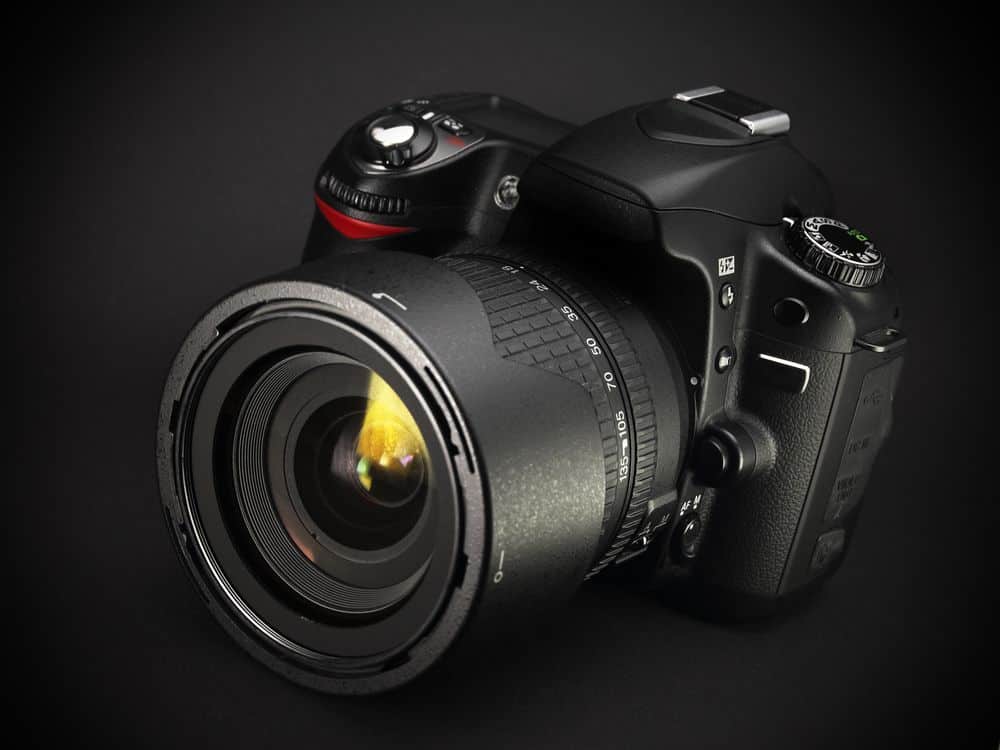
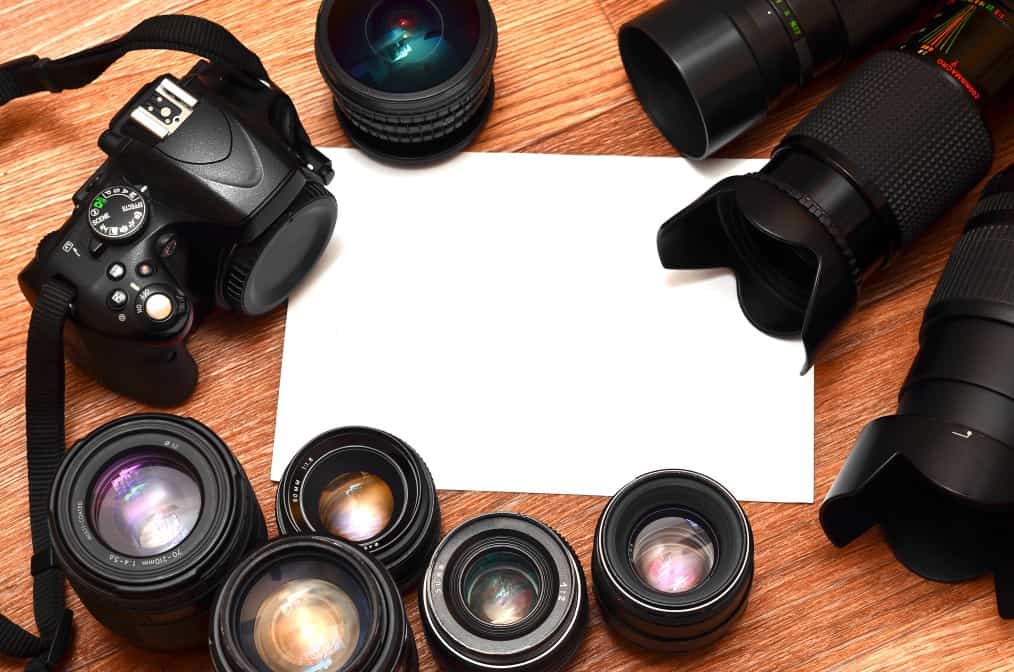
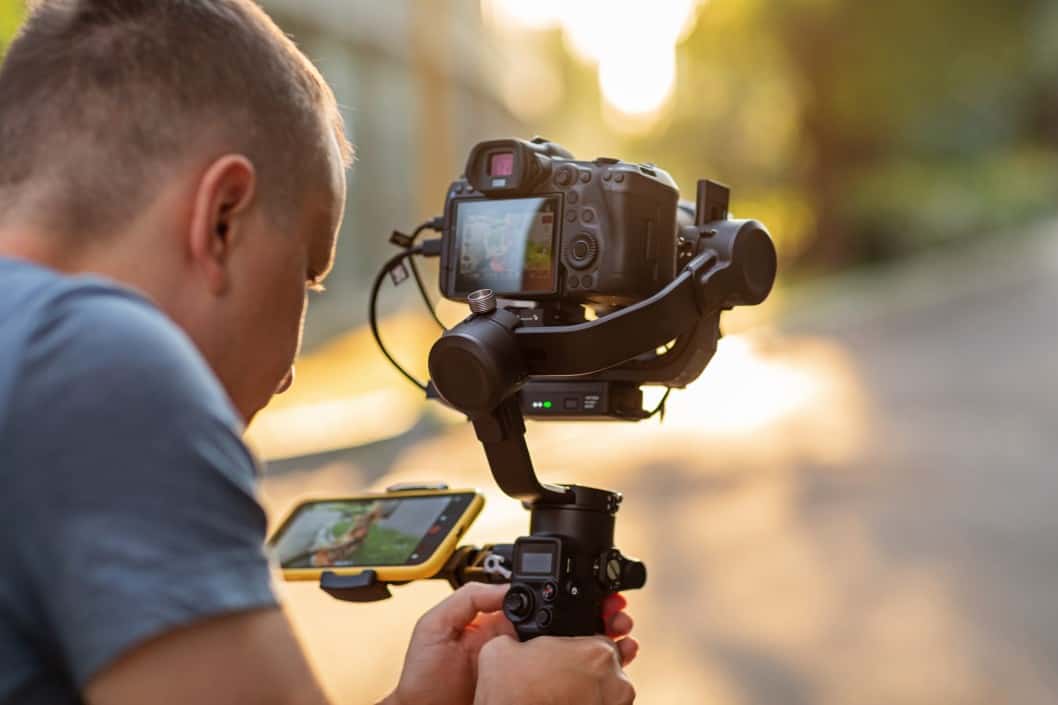
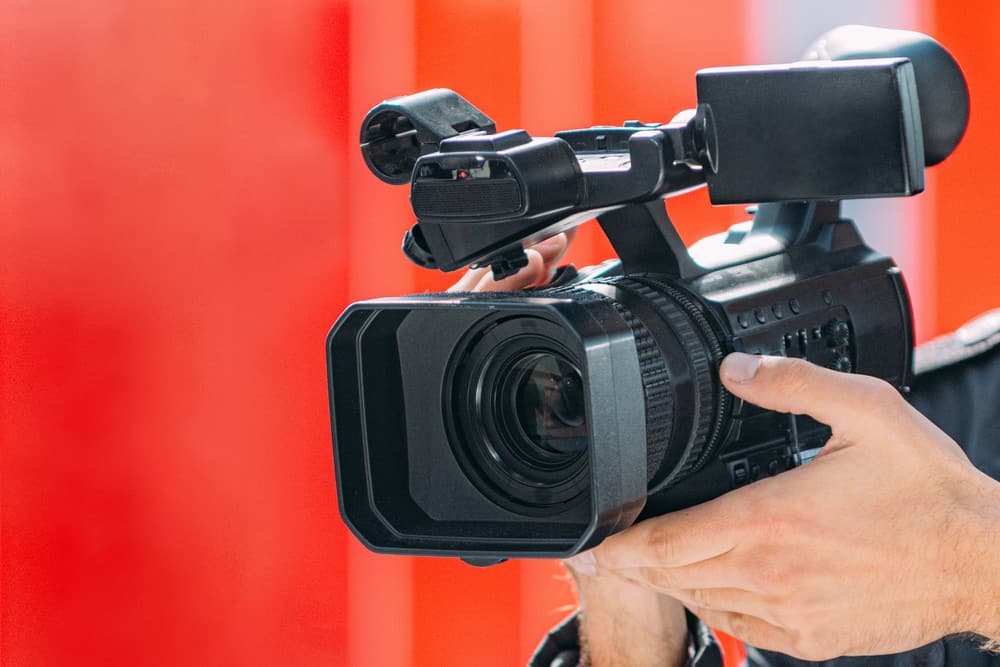
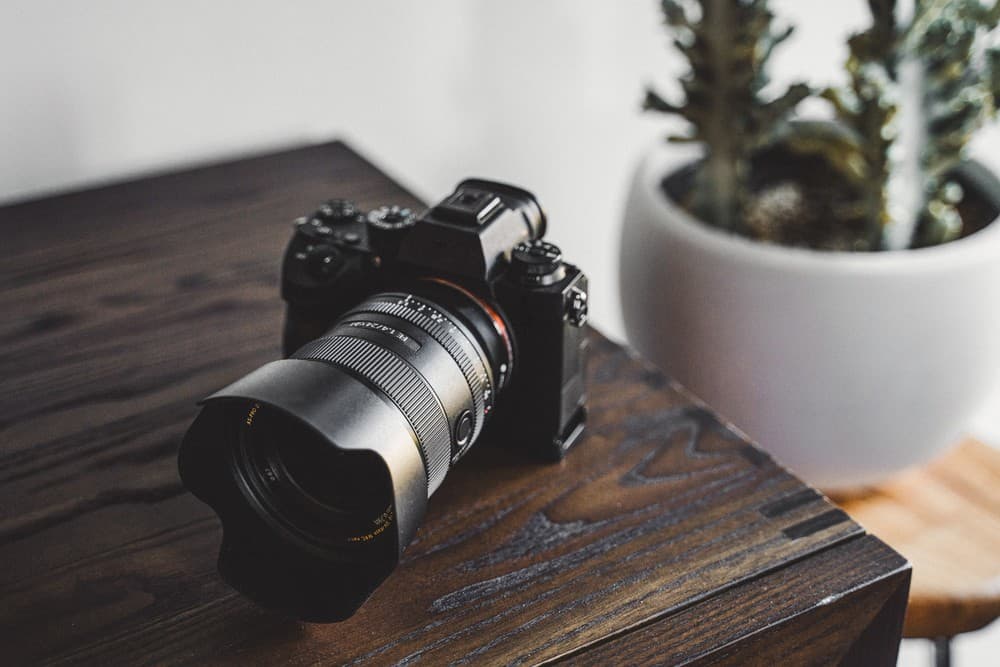
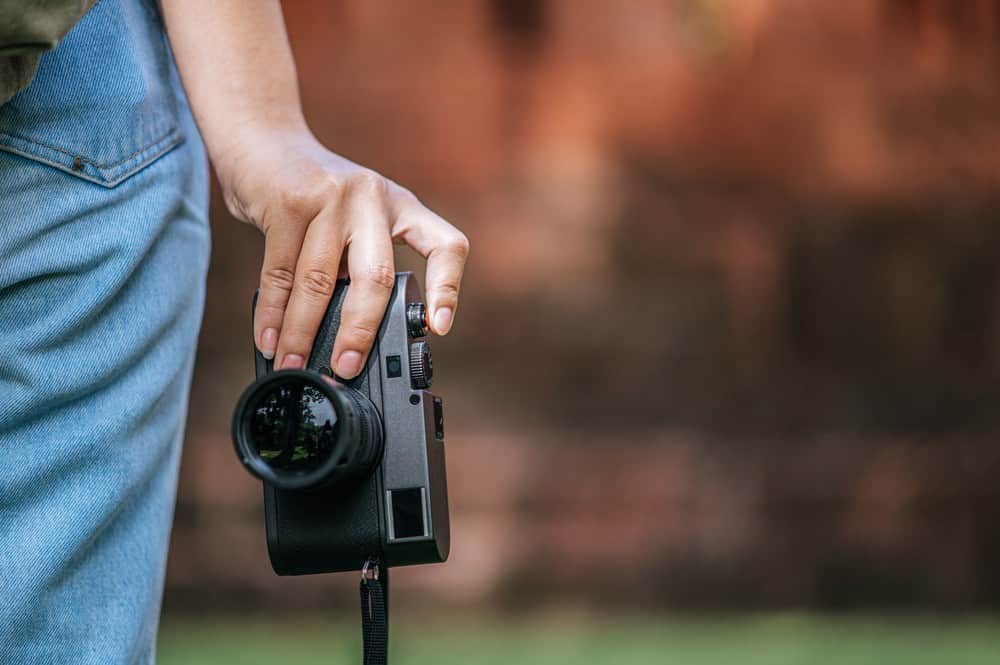
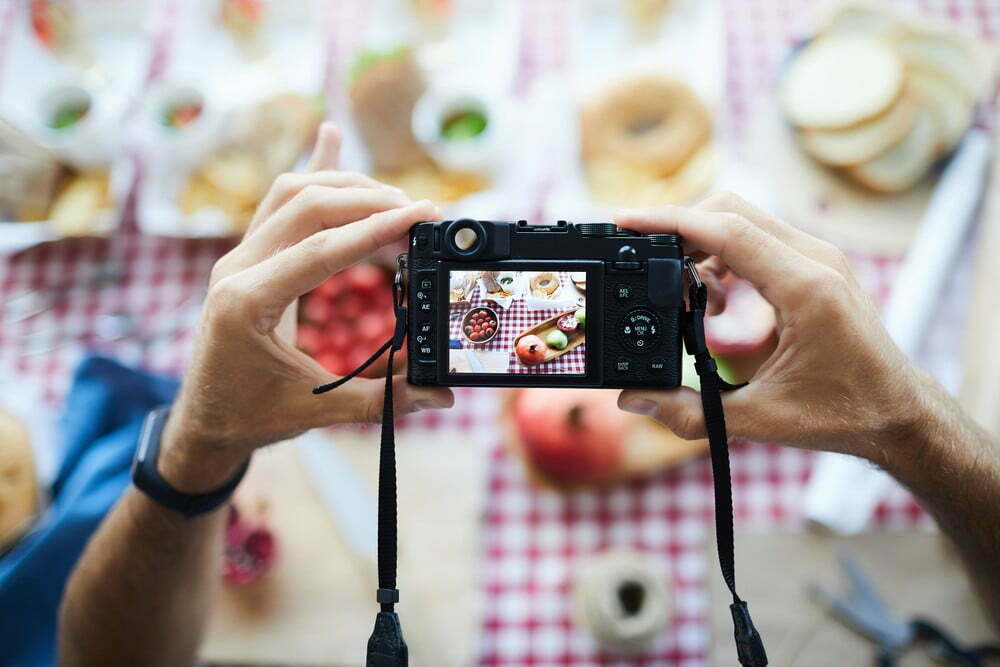
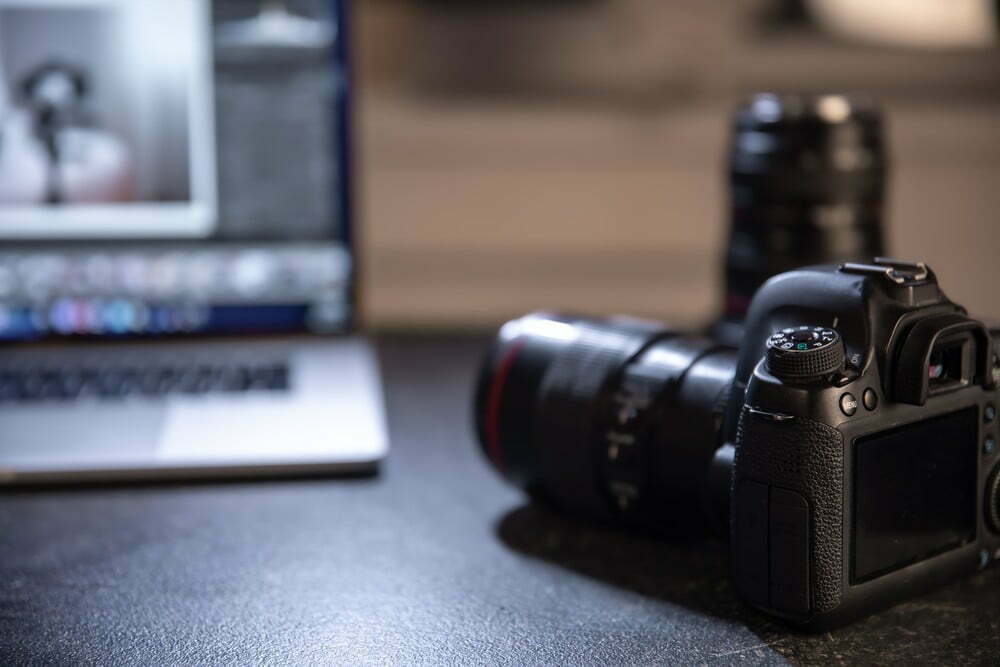
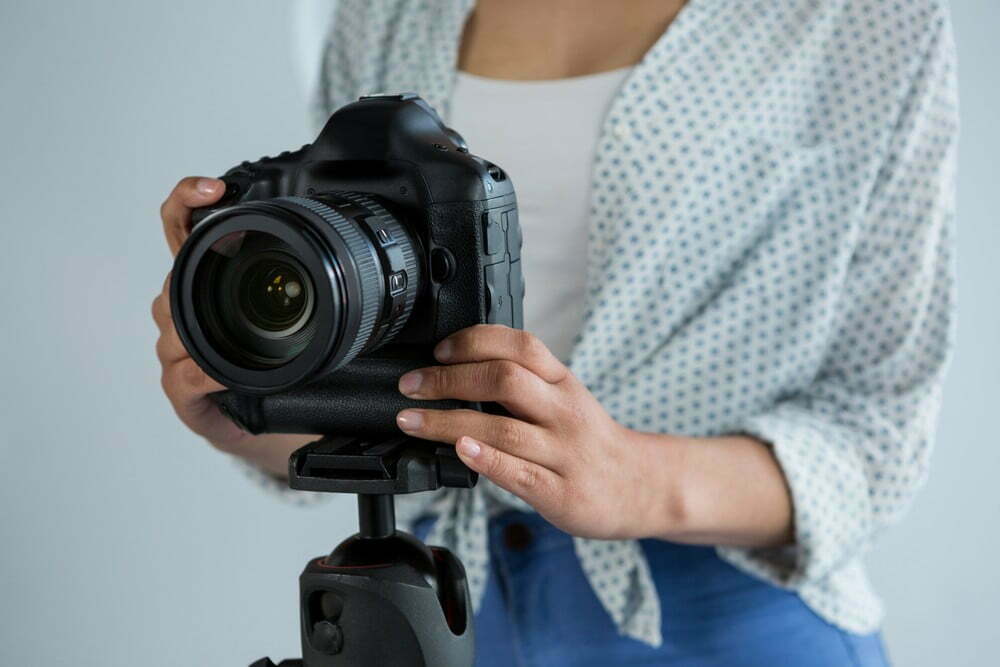
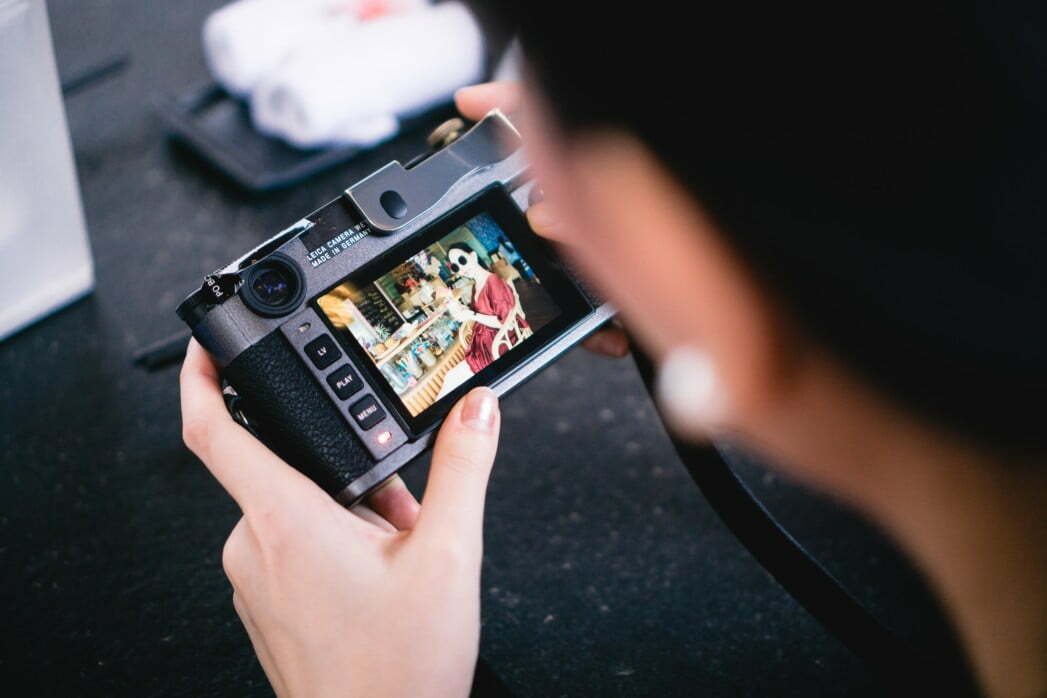
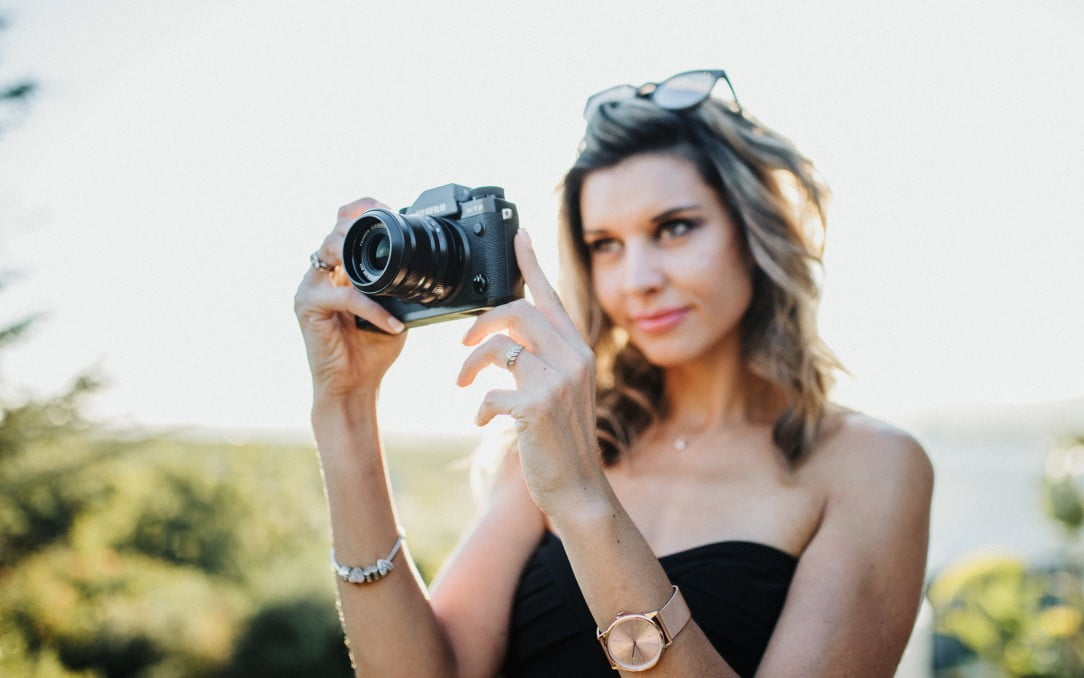
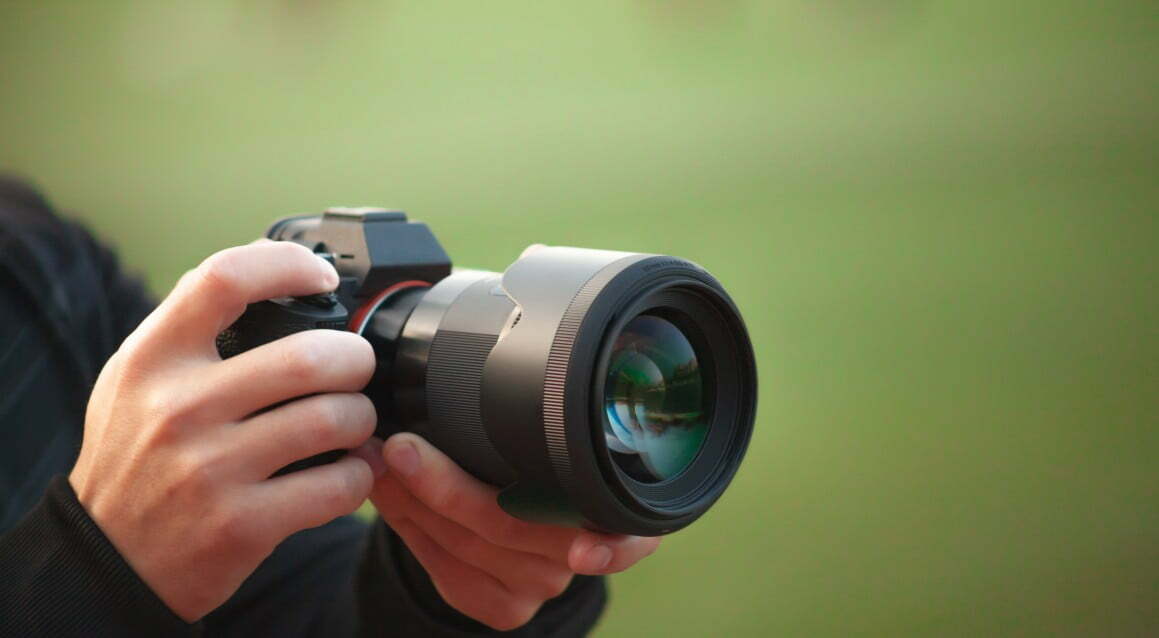
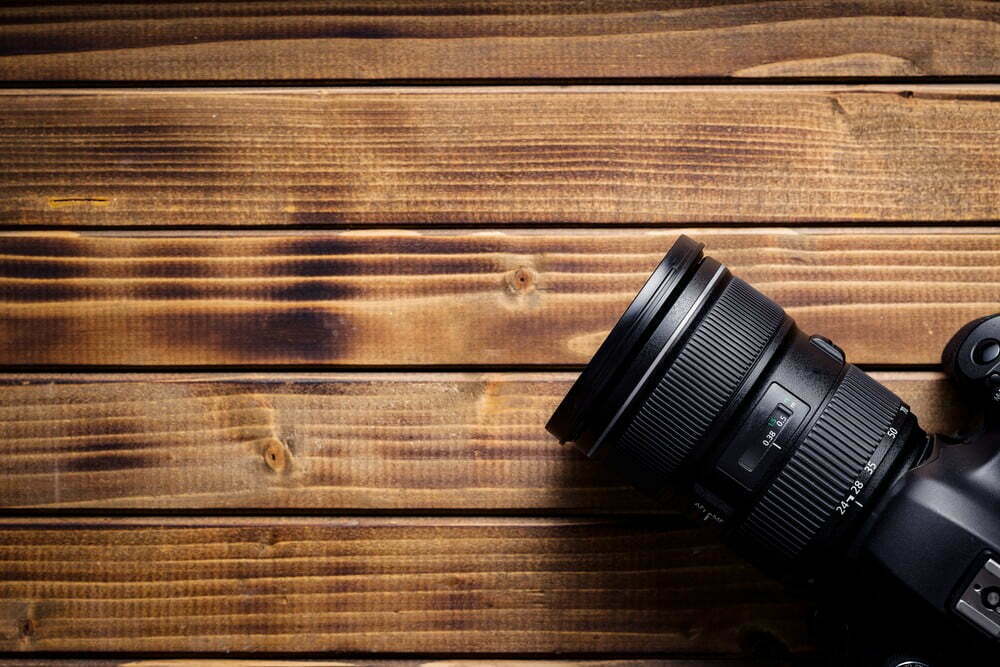
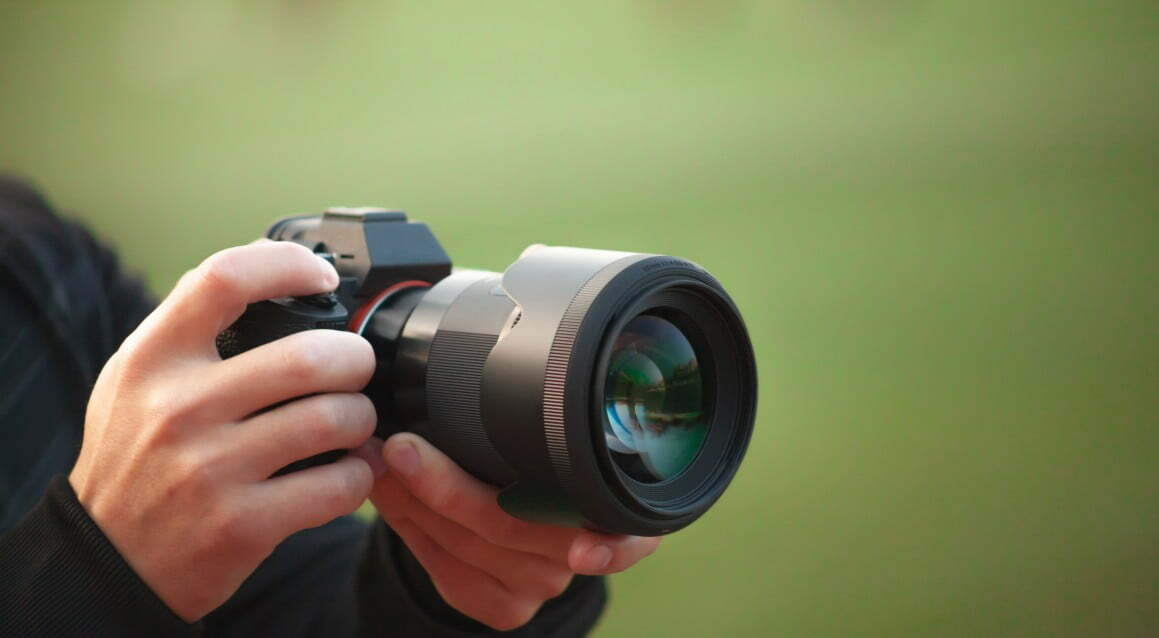
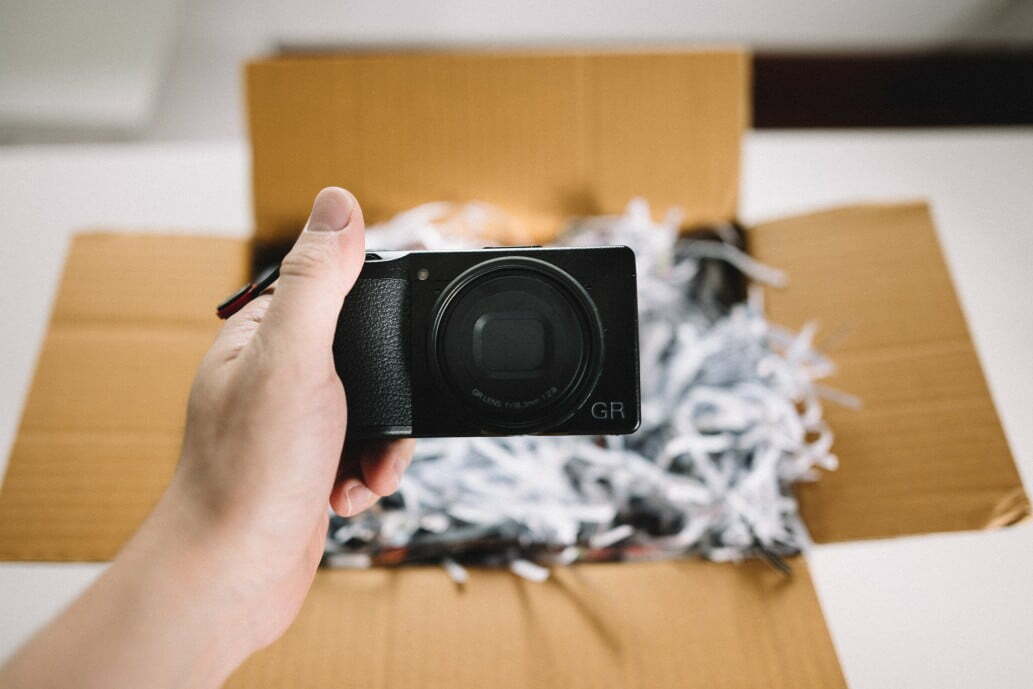
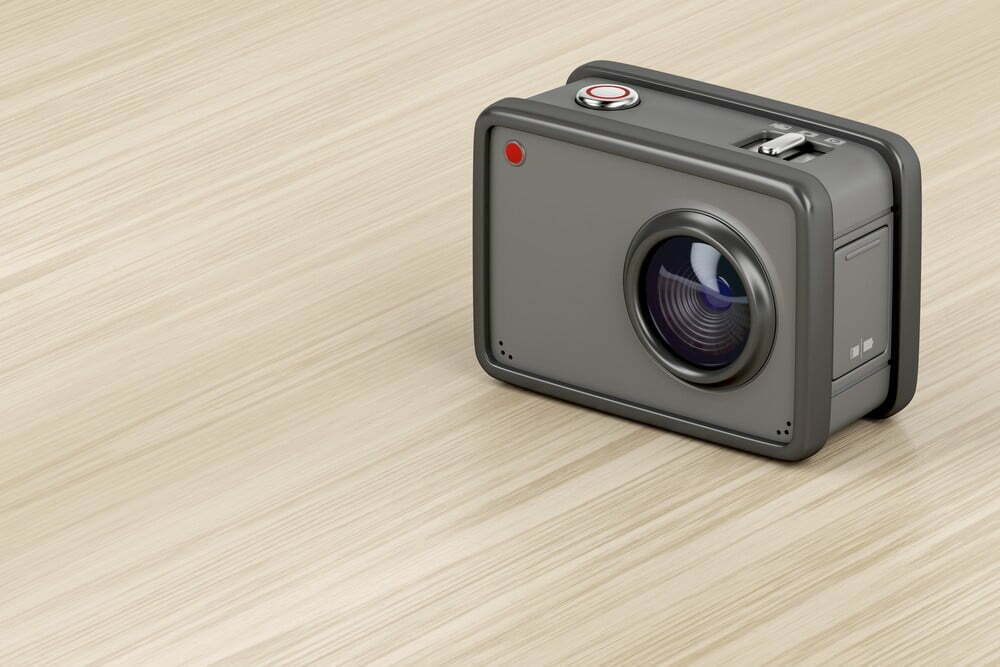
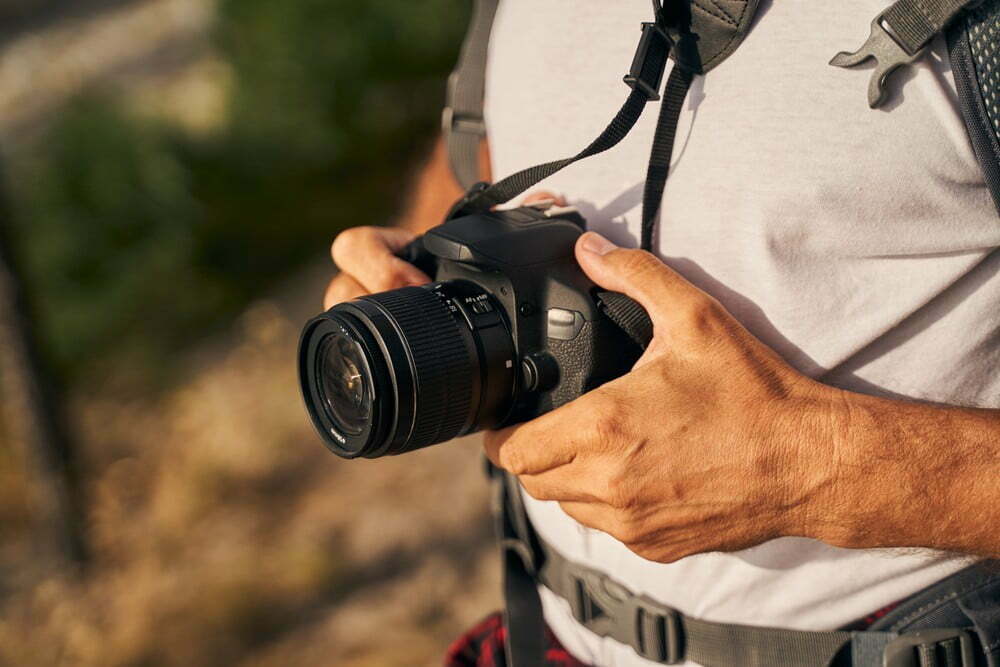
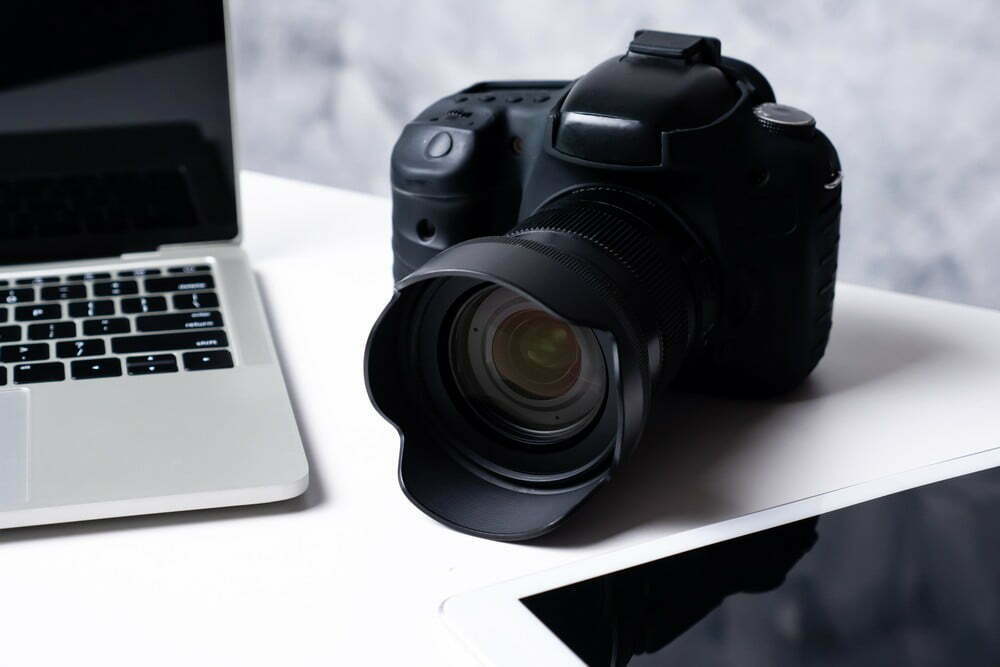
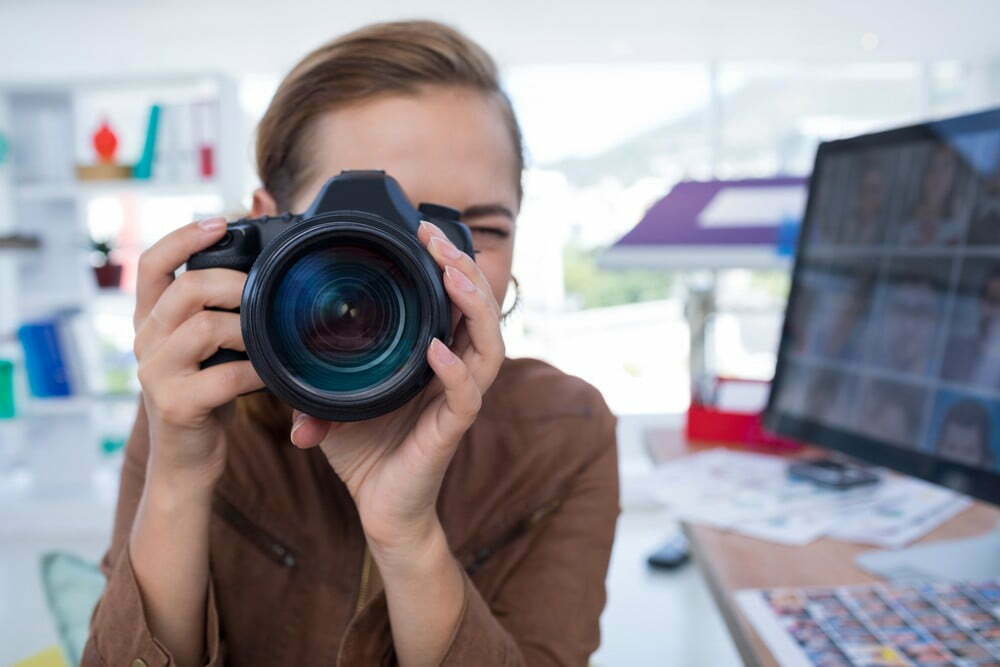
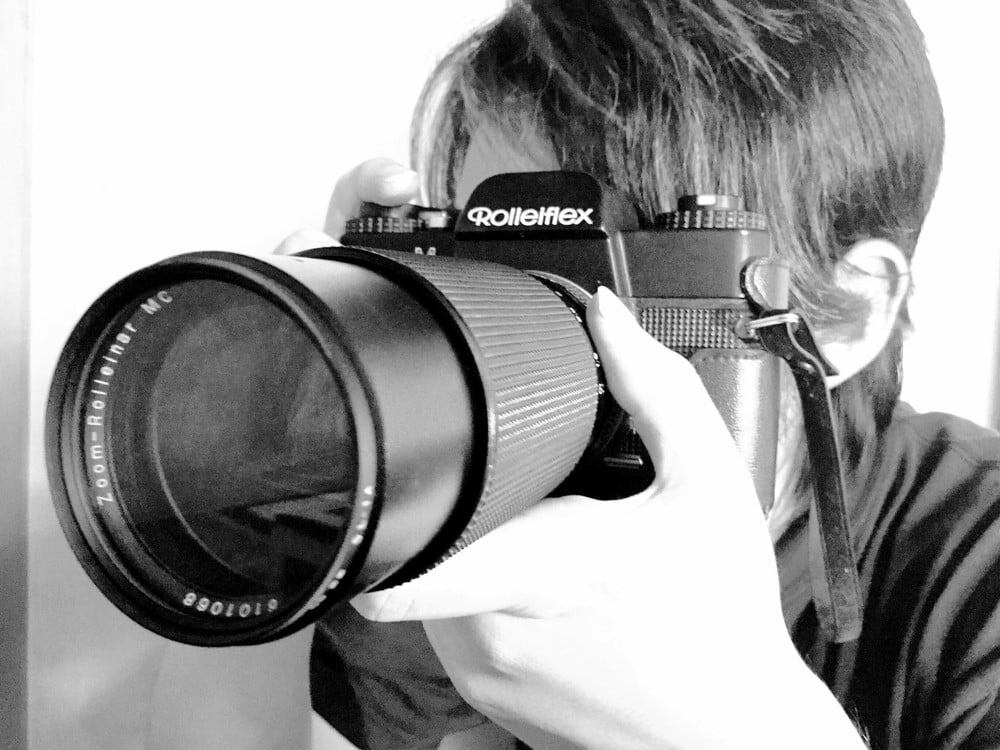
![Best Point and Shoot Camera in [year] ([month] Reviews) 35 Best Point and Shoot Camera in 2025 (April Reviews)](https://www.gadgetreview.dev/wp-content/uploads/Nikon-Coolpix-B500.jpg)
![Best Underwater Camera in [year] ([month] Reviews) 36 Best Underwater Camera in 2025 (April Reviews)](https://www.gadgetreview.dev/wp-content/uploads/best-underwater-camera-image.jpg)
![Best Digital Cameras in [year] ([month] Reviews) 37 Best Digital Cameras in 2025 (April Reviews)](https://www.gadgetreview.dev/wp-content/uploads/what-is-resolution-on-digital-camera-1.jpg)
![Best Digital Camera Docking Stations in [year] 38 Best Digital Camera Docking Stations in 2025](https://www.gadgetreview.dev/wp-content/uploads/best-digital-camera-docking-stations-image.jpg)
![Best Vlogging Camera in [year] ([month] Reviews) 39 Best Vlogging Camera in 2025 (April Reviews)](https://www.gadgetreview.dev/wp-content/uploads/best-vlogging-camera-image.jpg)
![Best Mirrorless Camera in [year] ([month] Reviews) 40 Best Mirrorless Camera in 2025 (April Reviews)](https://www.gadgetreview.dev/wp-content/uploads/best-mirrorless-camera-image.jpg)
![Best GoPro in [year] ([month] Reviews) 41 Best GoPro in 2025 (April Reviews)](https://www.gadgetreview.dev/wp-content/uploads/best-gopro-image.jpg)
![Best Digital Camera Tripods in [year] 42 Best Digital Camera Tripods in 2025](https://www.gadgetreview.dev/wp-content/uploads/best-digital-camera-tripods-image.jpg)
![Best Canon Digital Cameras in [year] 43 Best Canon Digital Cameras in 2025](https://www.gadgetreview.dev/wp-content/uploads/best-canon-digital-cameras-image.jpg)
![Best Polaroid Digital Cameras in [year] 44 Best Polaroid Digital Cameras in 2025](https://www.gadgetreview.dev/wp-content/uploads/best-polaroid-digital-cameras-image.jpg)
![Best Small Digital Camera Cases in [year] 45 Best Small Digital Camera Cases in 2025](https://www.gadgetreview.dev/wp-content/uploads/best-small-digital-camera-case-image.jpg)
![Best Digital Camera USB Cables in [year] 46 Best Digital Camera USB Cables in 2025](https://www.gadgetreview.dev/wp-content/uploads/best-digital-camera-usb-cable-image.jpg)
![Best Digital Camera Bags in [year] 47 Best Digital Camera Bags in 2025](https://www.gadgetreview.dev/wp-content/uploads/best-digital-camera-bag-image.jpg)
![Best Digital Camera Accessories in [year] 49 Best Digital Camera Accessories in 2025](https://www.gadgetreview.dev/wp-content/uploads/best-digital-camera-accessories-image.jpg)
![Best Kodak Digital Cameras in [year] 50 Best Kodak Digital Cameras in 2025](https://www.gadgetreview.dev/wp-content/uploads/best-kodak-digital-cameras-images.jpg)
![Best Panasonic Digital Cameras in [year] 51 Best Panasonic Digital Cameras in 2025](https://www.gadgetreview.dev/wp-content/uploads/best-panasonic-digital-cameras-image.jpg)
![Best Video Cameras in [year] ([month] Reviews) 52 Best Video Cameras in 2025 (April Reviews)](https://www.gadgetreview.dev/wp-content/uploads/best-video-cameras-image.jpg)
![Best Compact Cameras in [year] 53 Best Compact Cameras in 2025](https://www.gadgetreview.dev/wp-content/uploads/best-compact-camera-image.jpg)
![Best Digital Cameras with Wifi in [year] 54 Best Digital Cameras with Wifi in 2025](https://www.gadgetreview.dev/wp-content/uploads/best-digital-camera-with-wifi-image.jpg)
